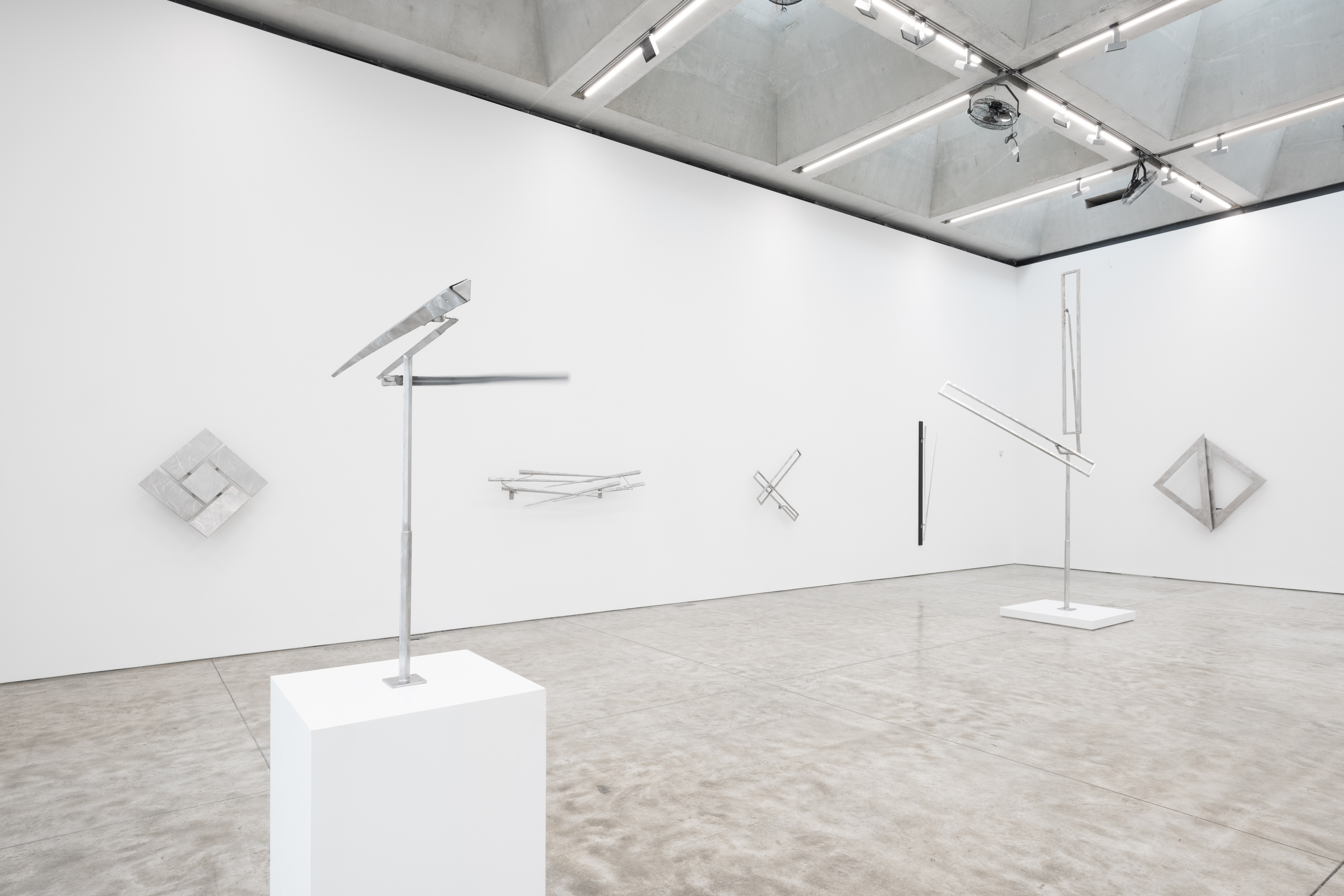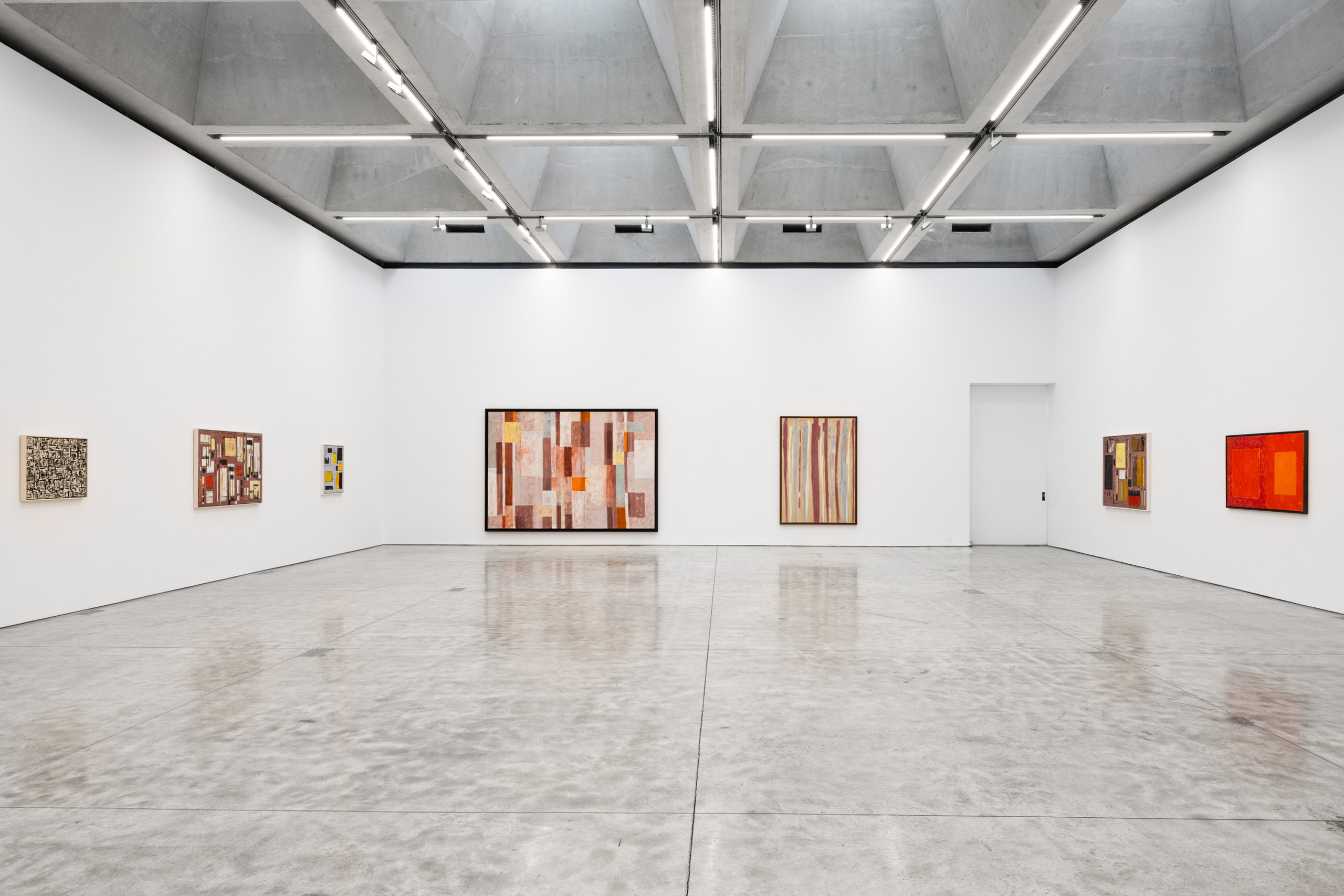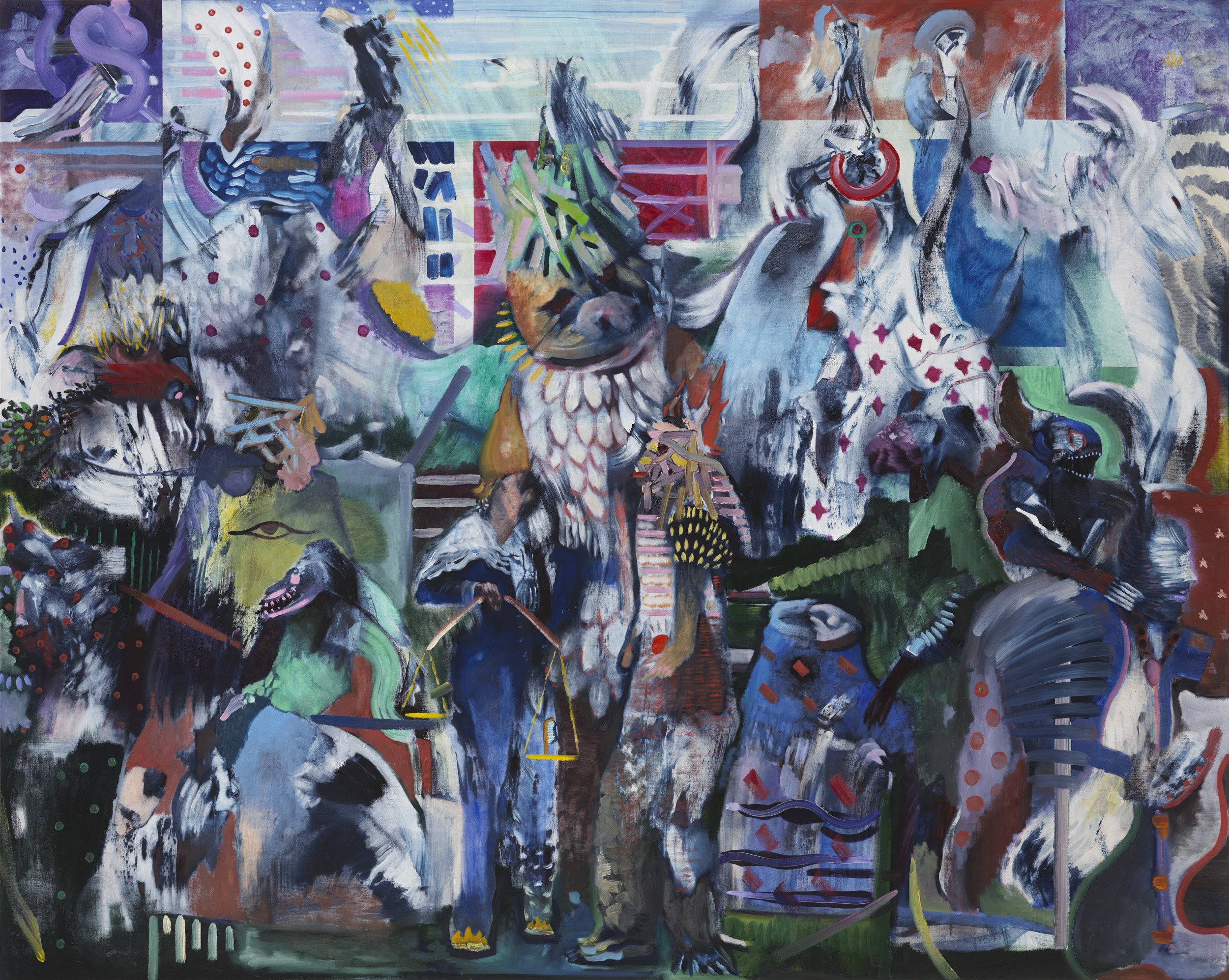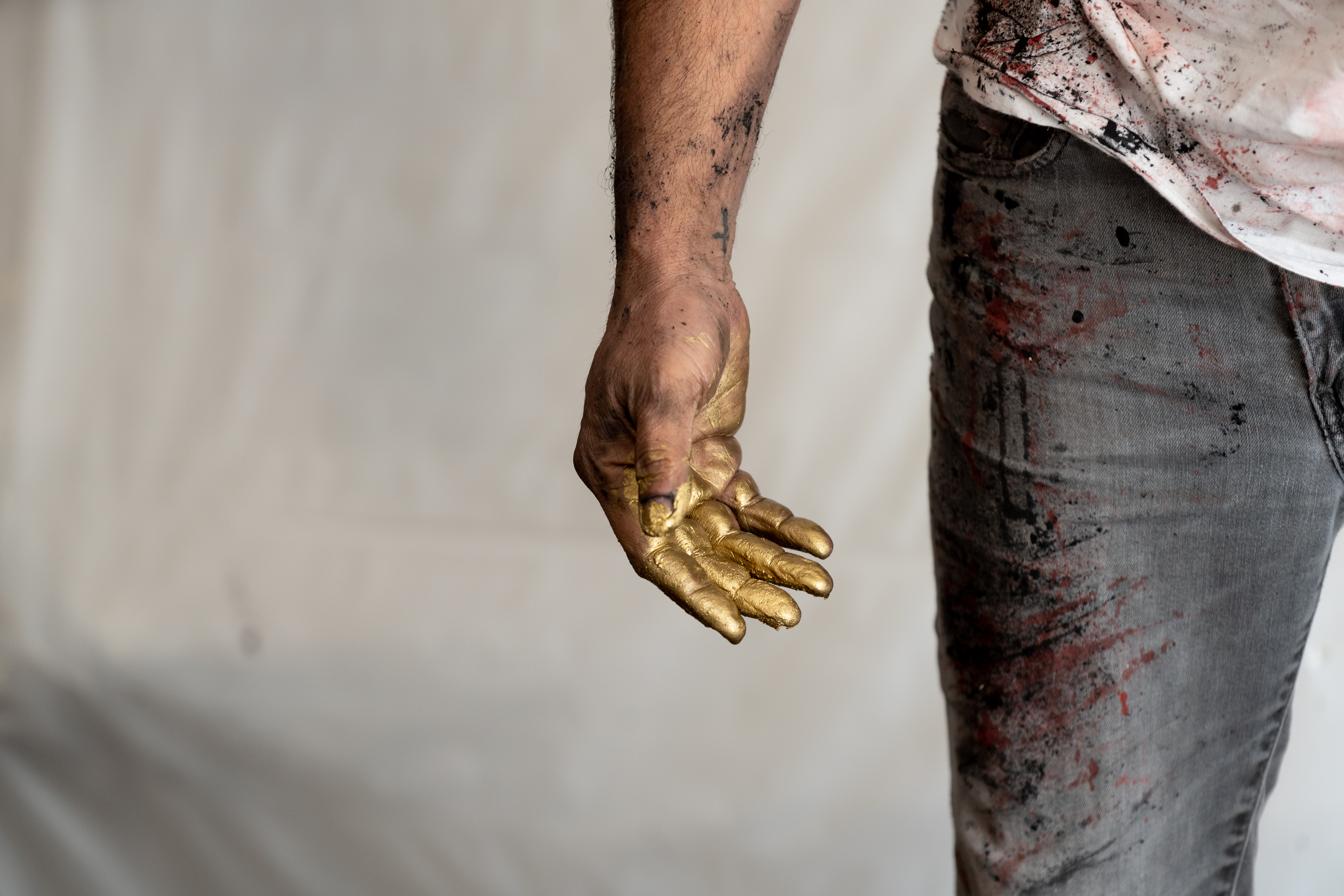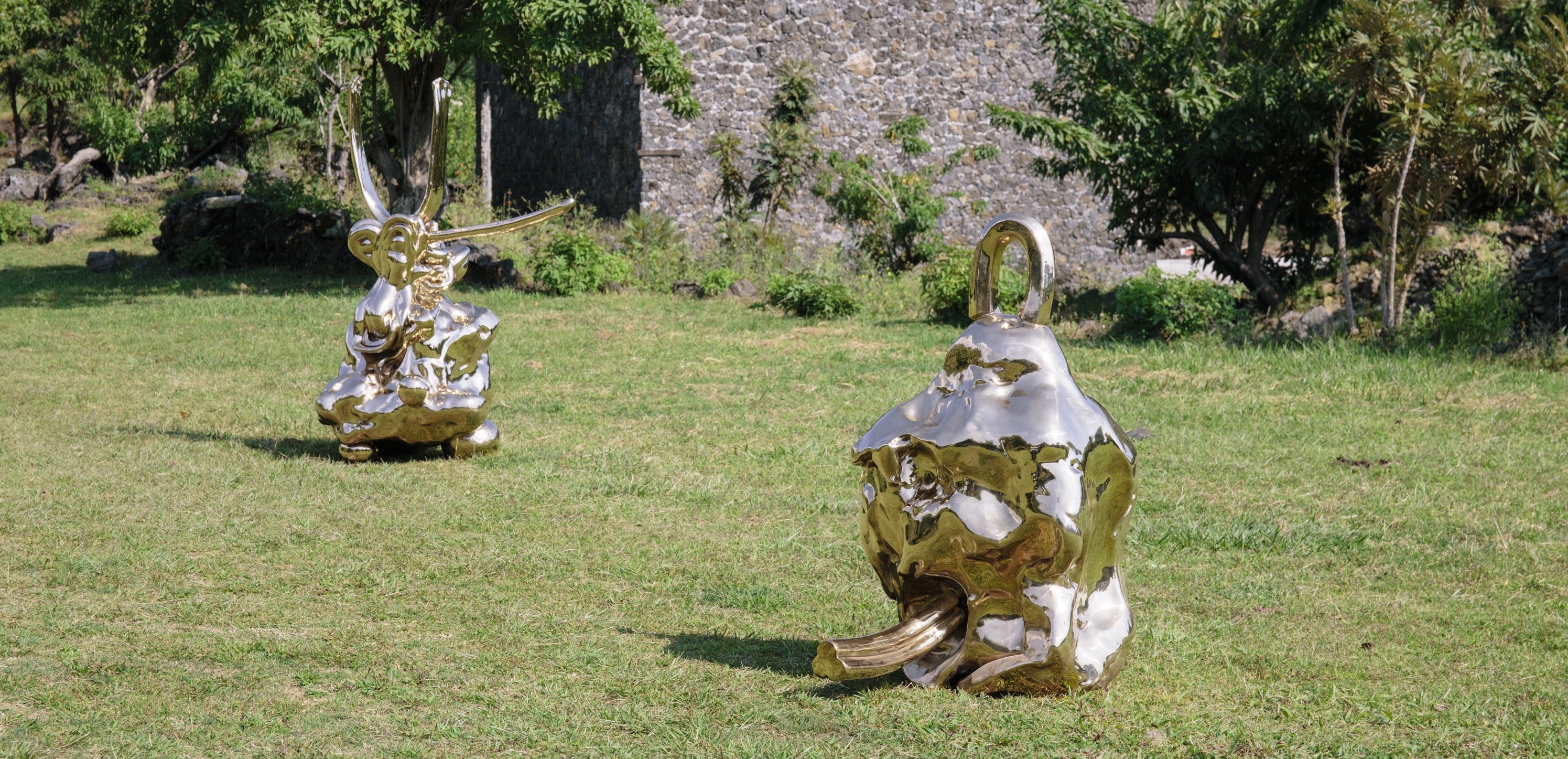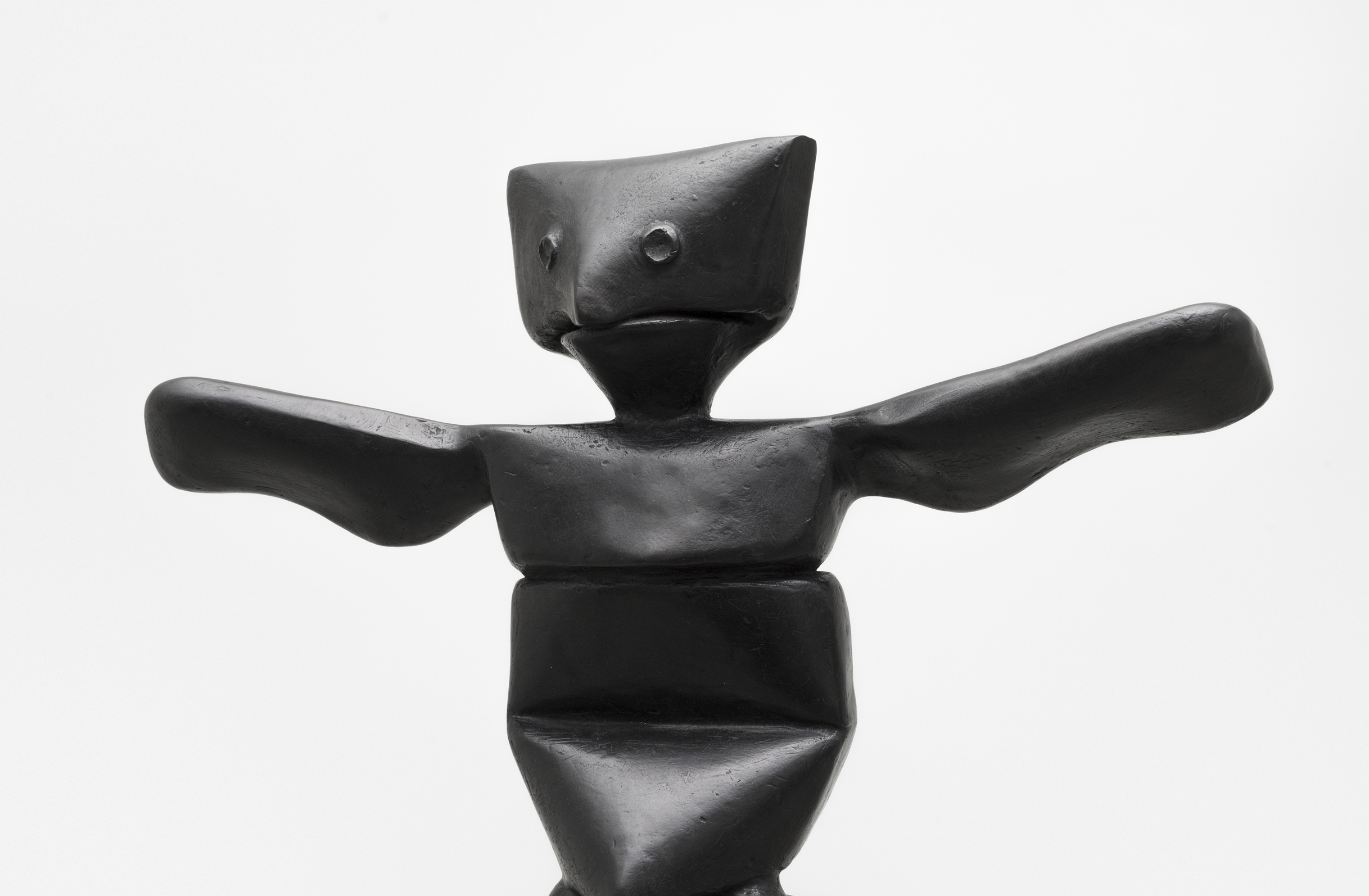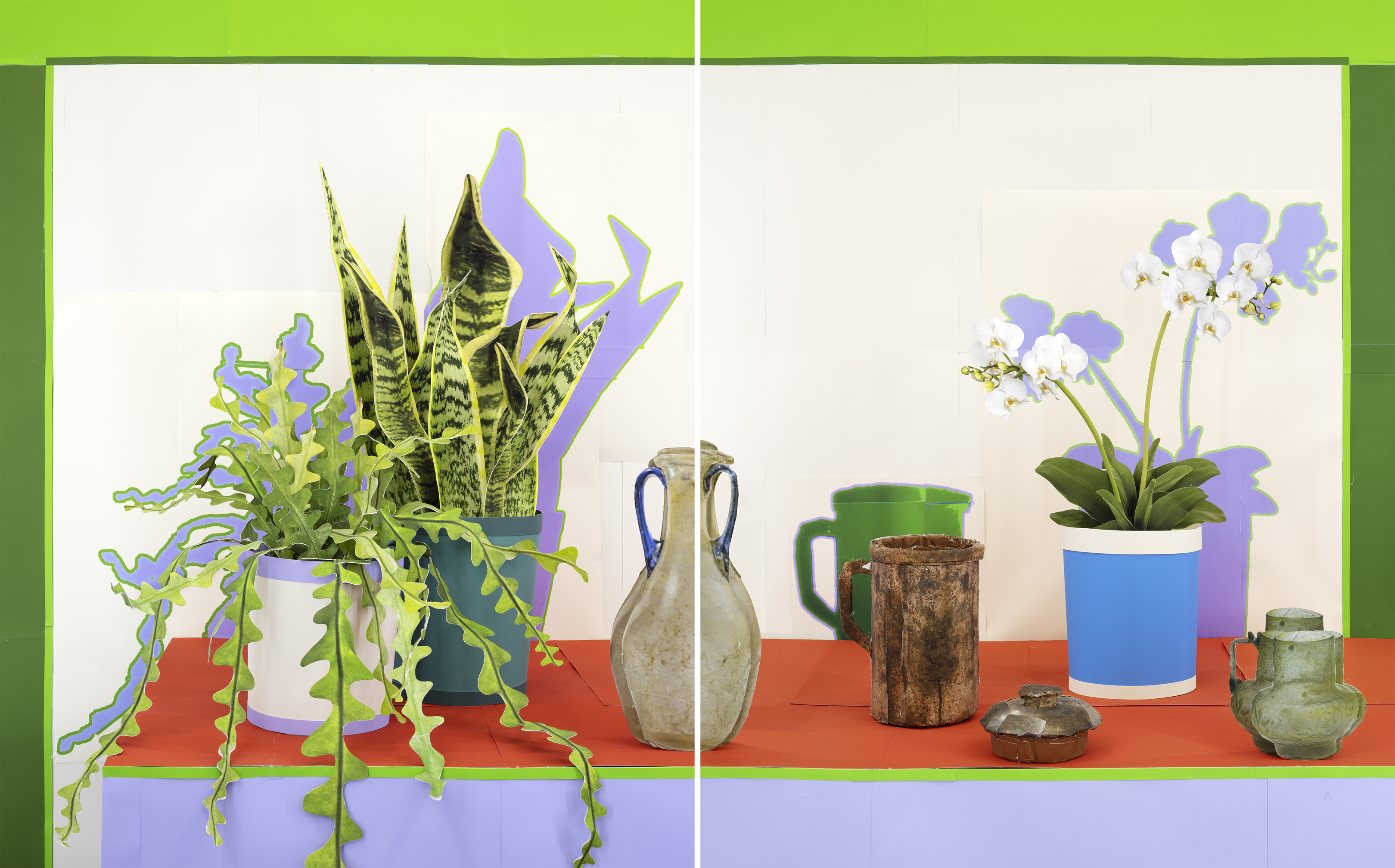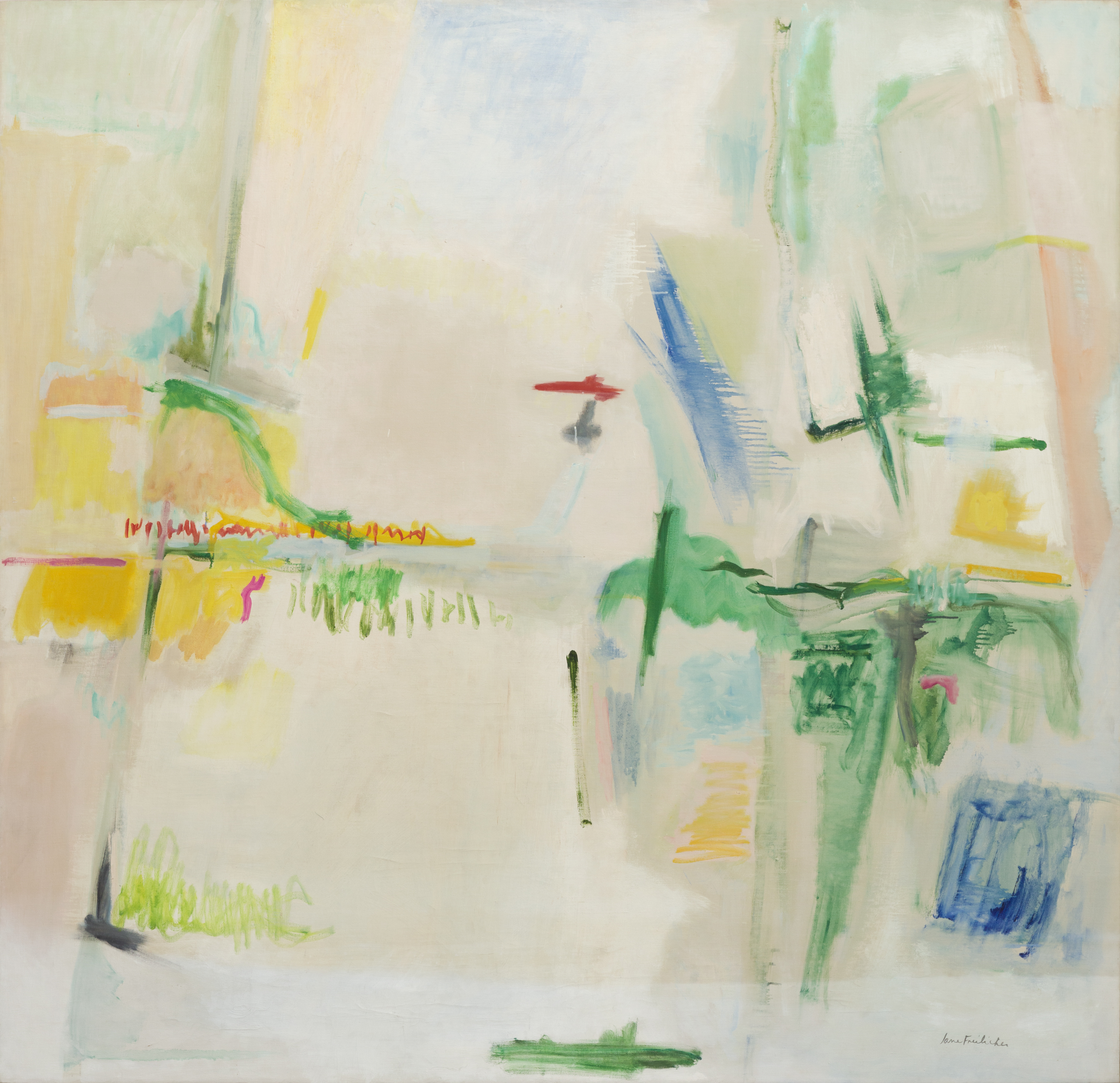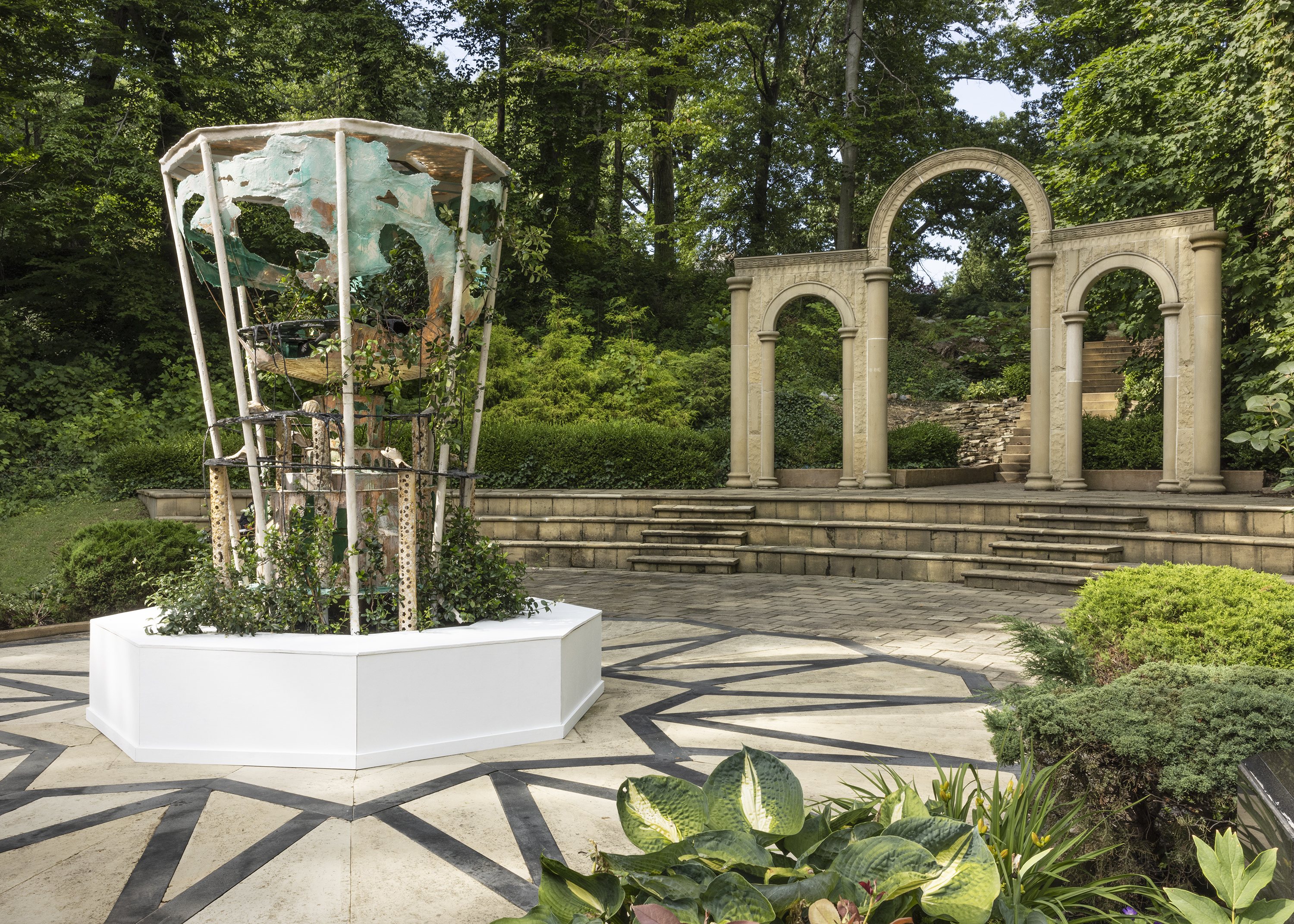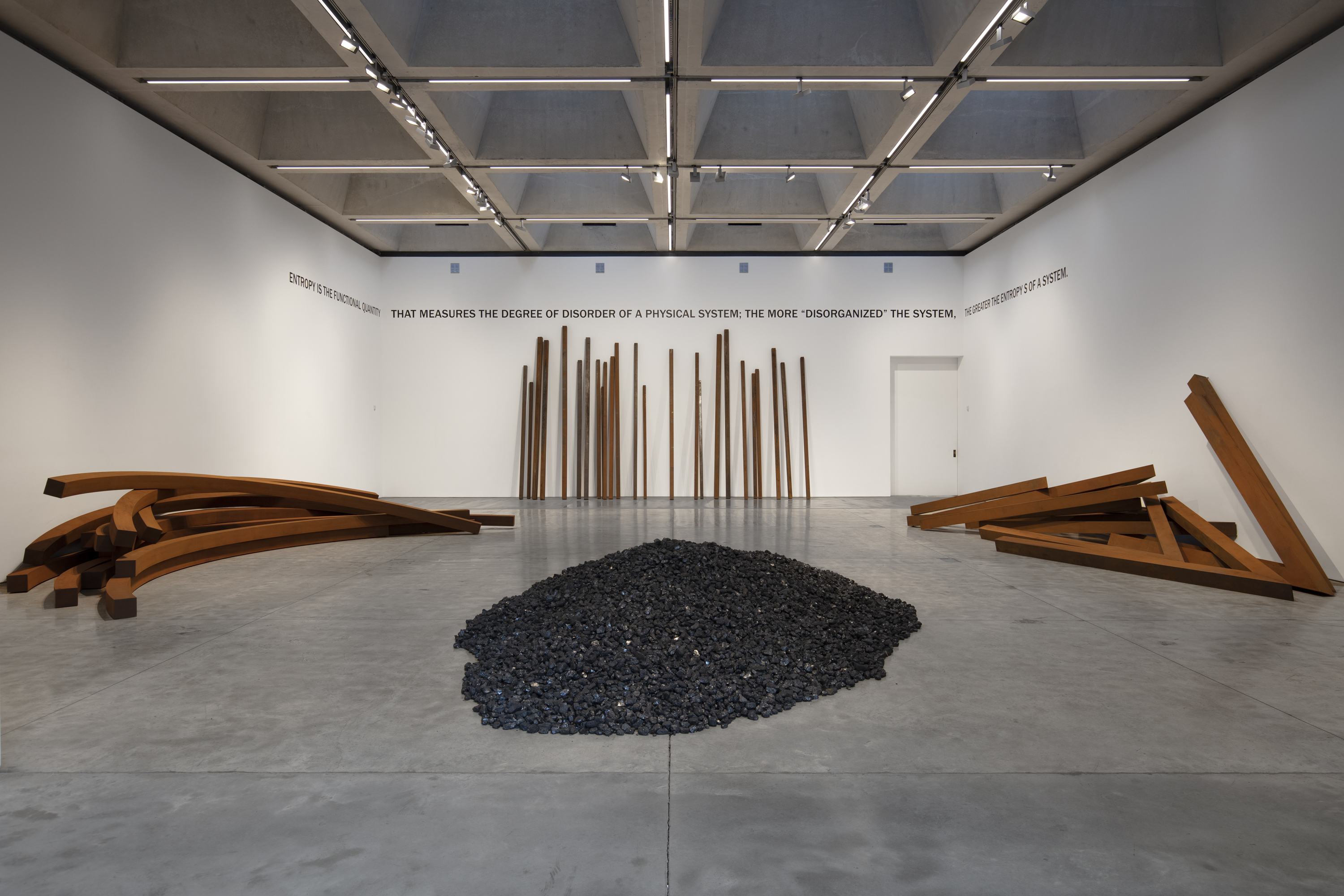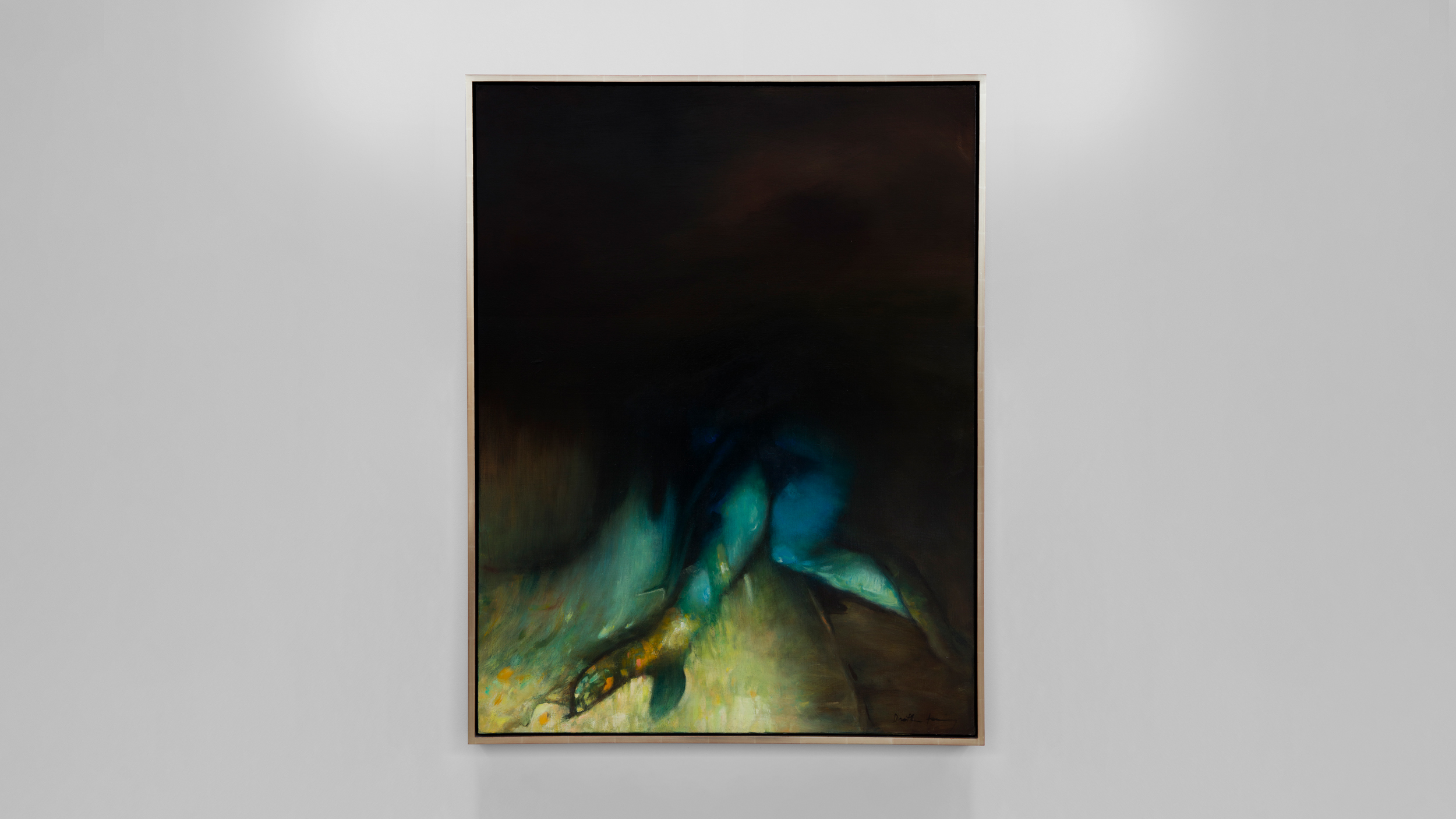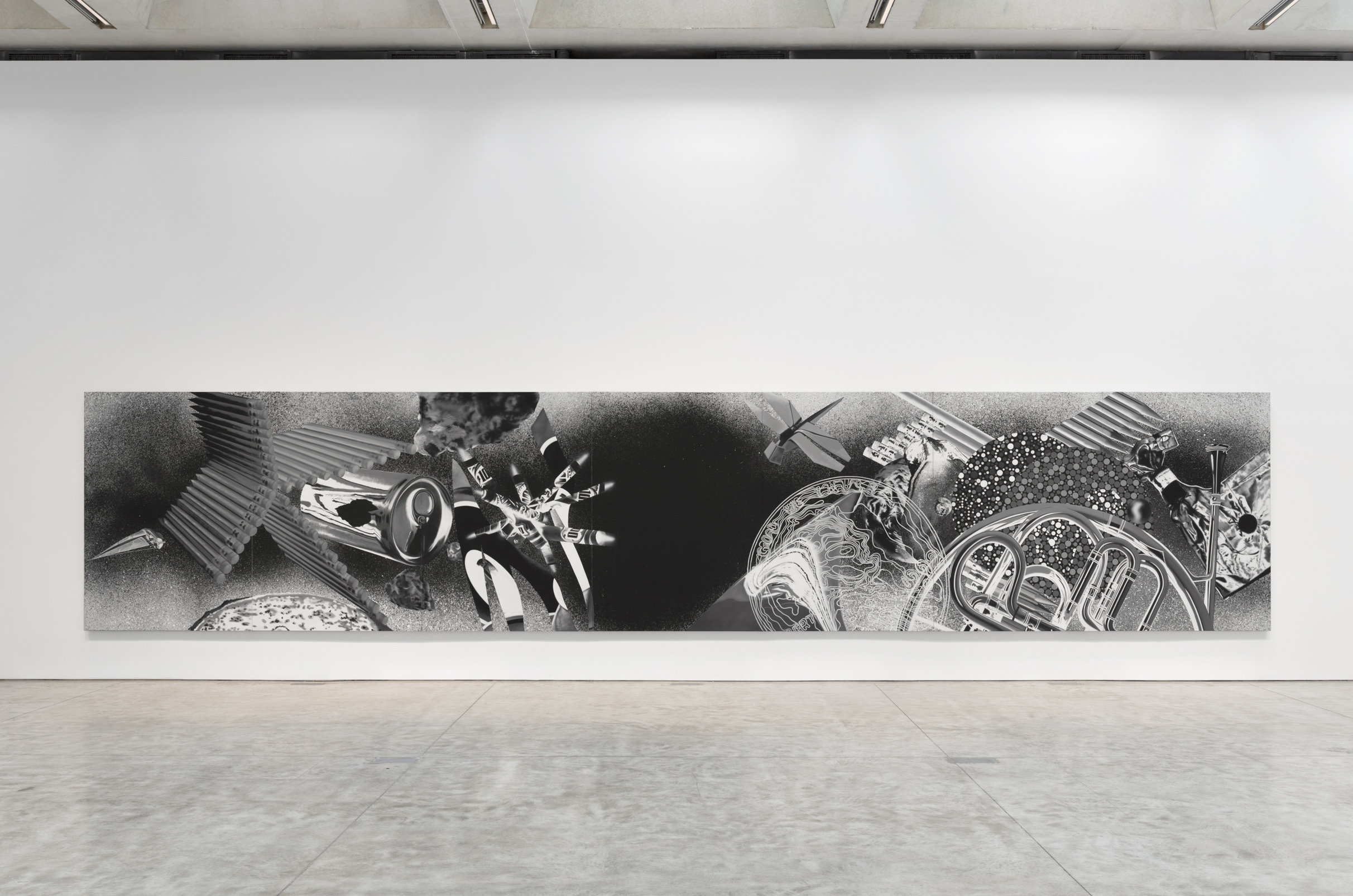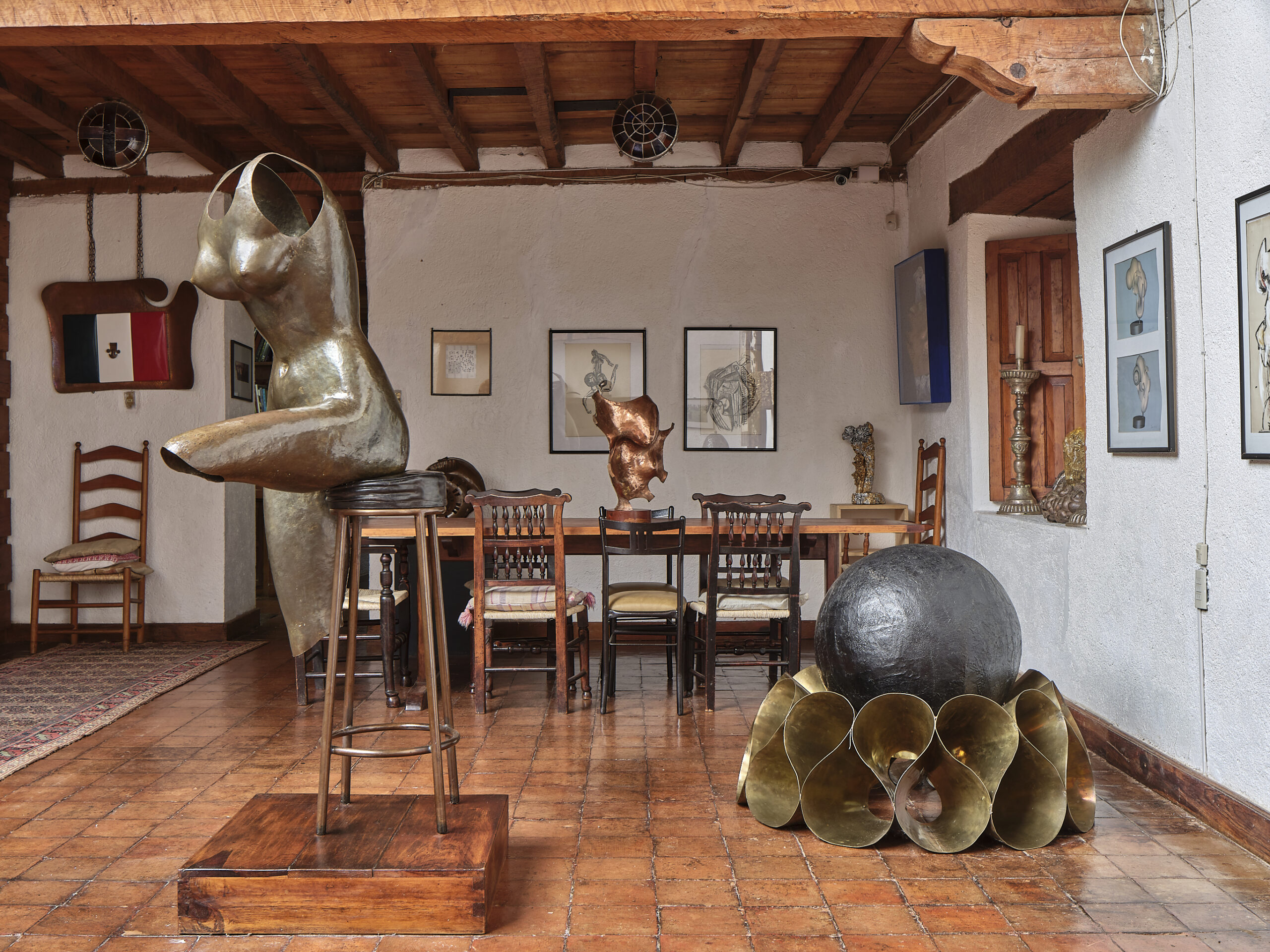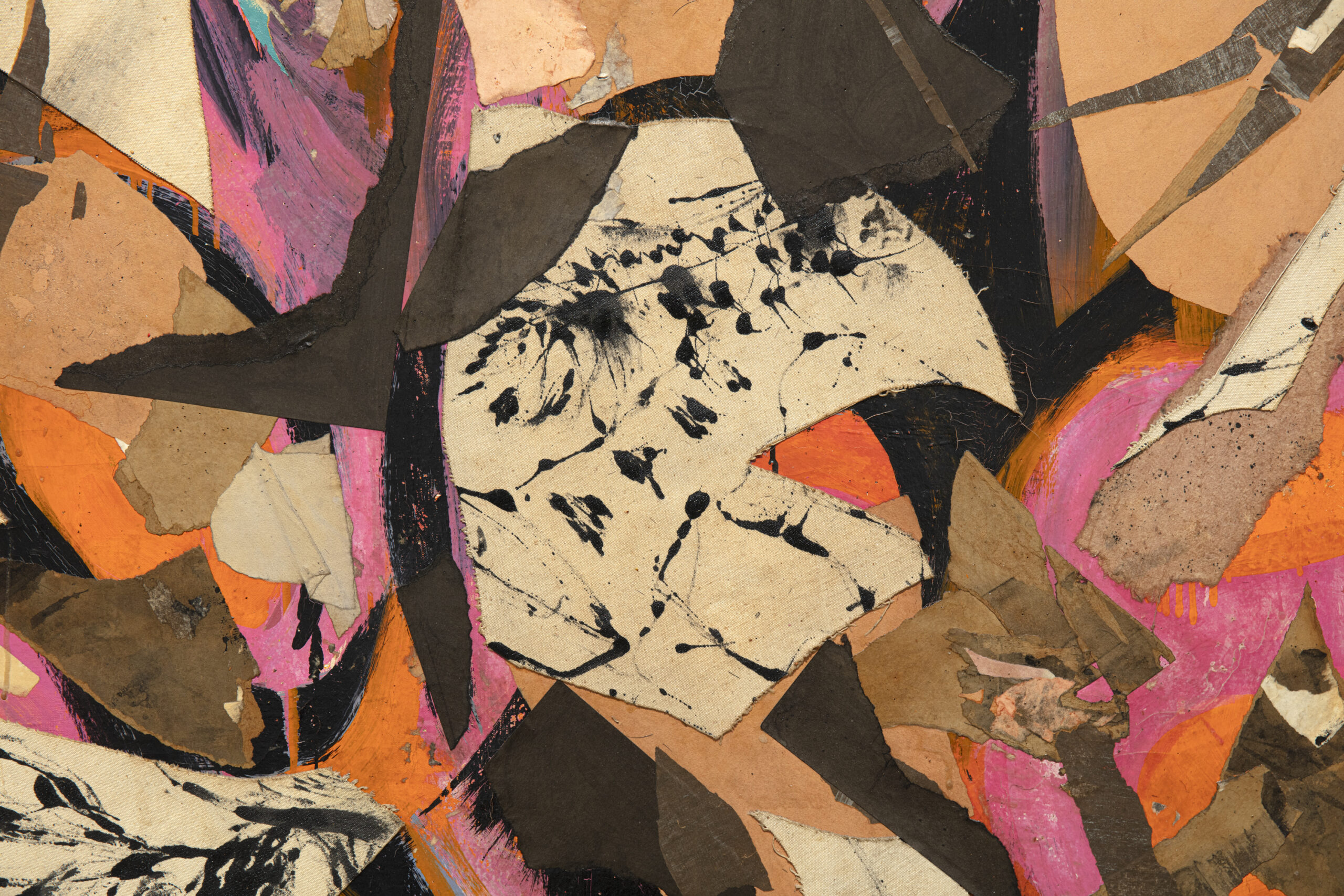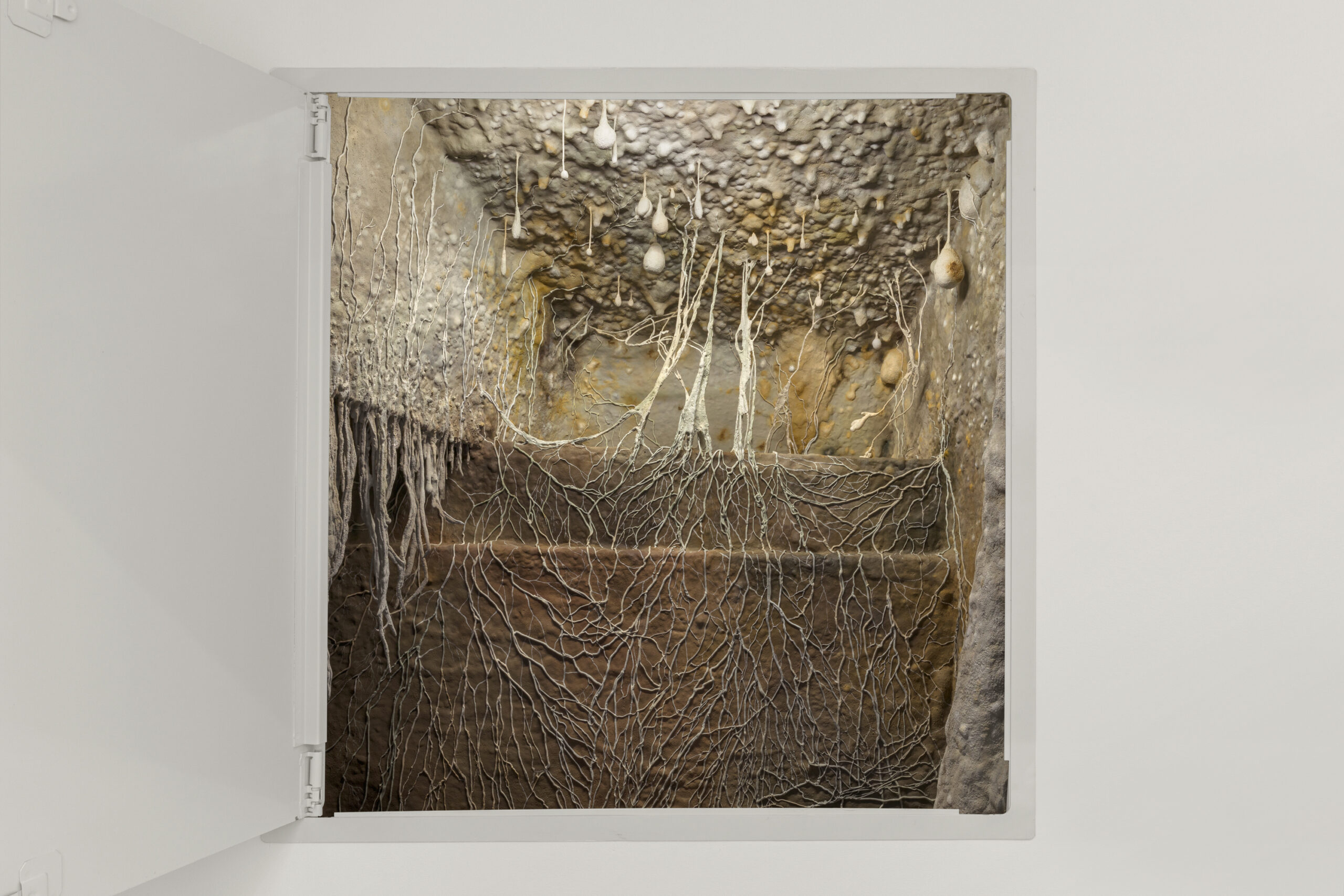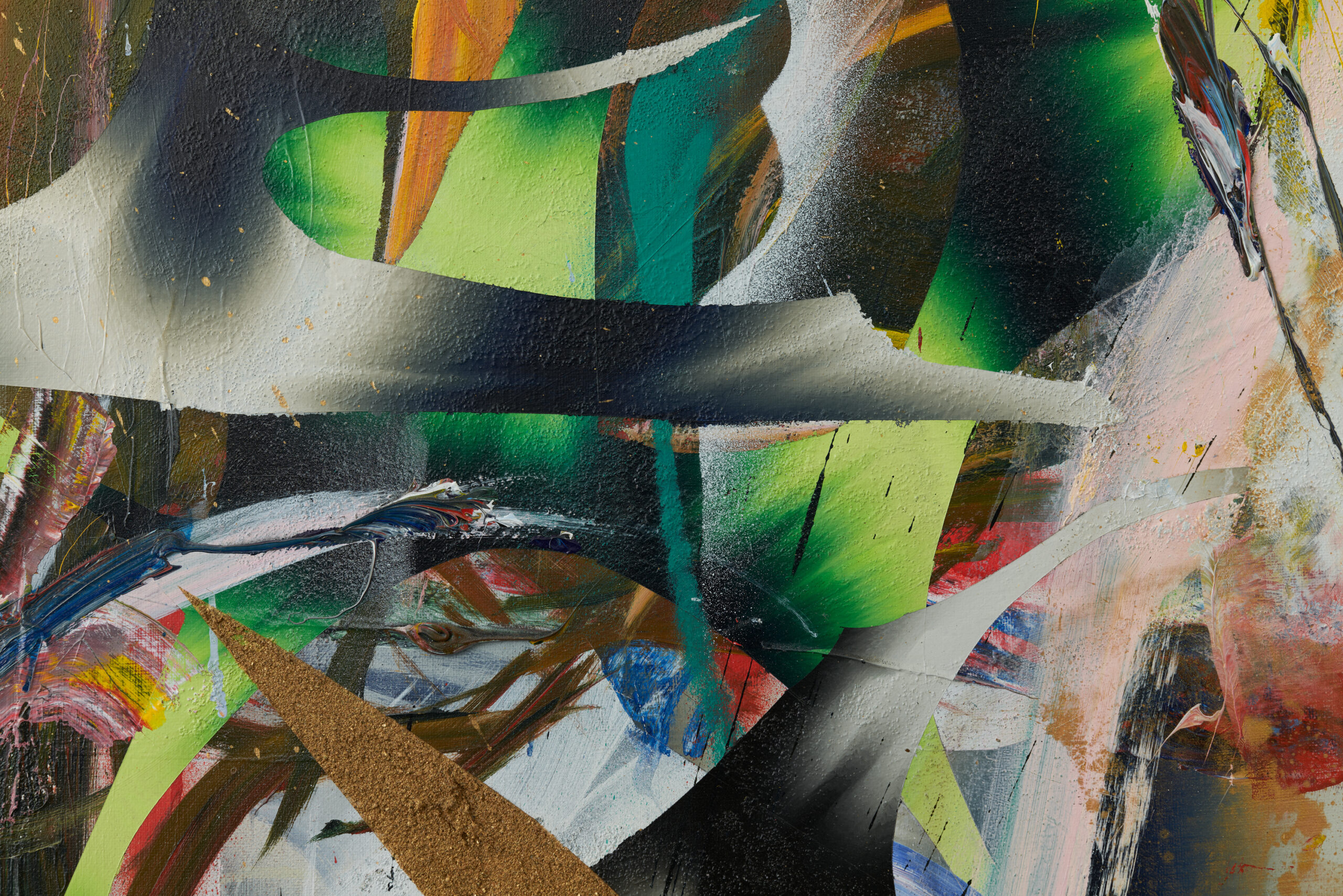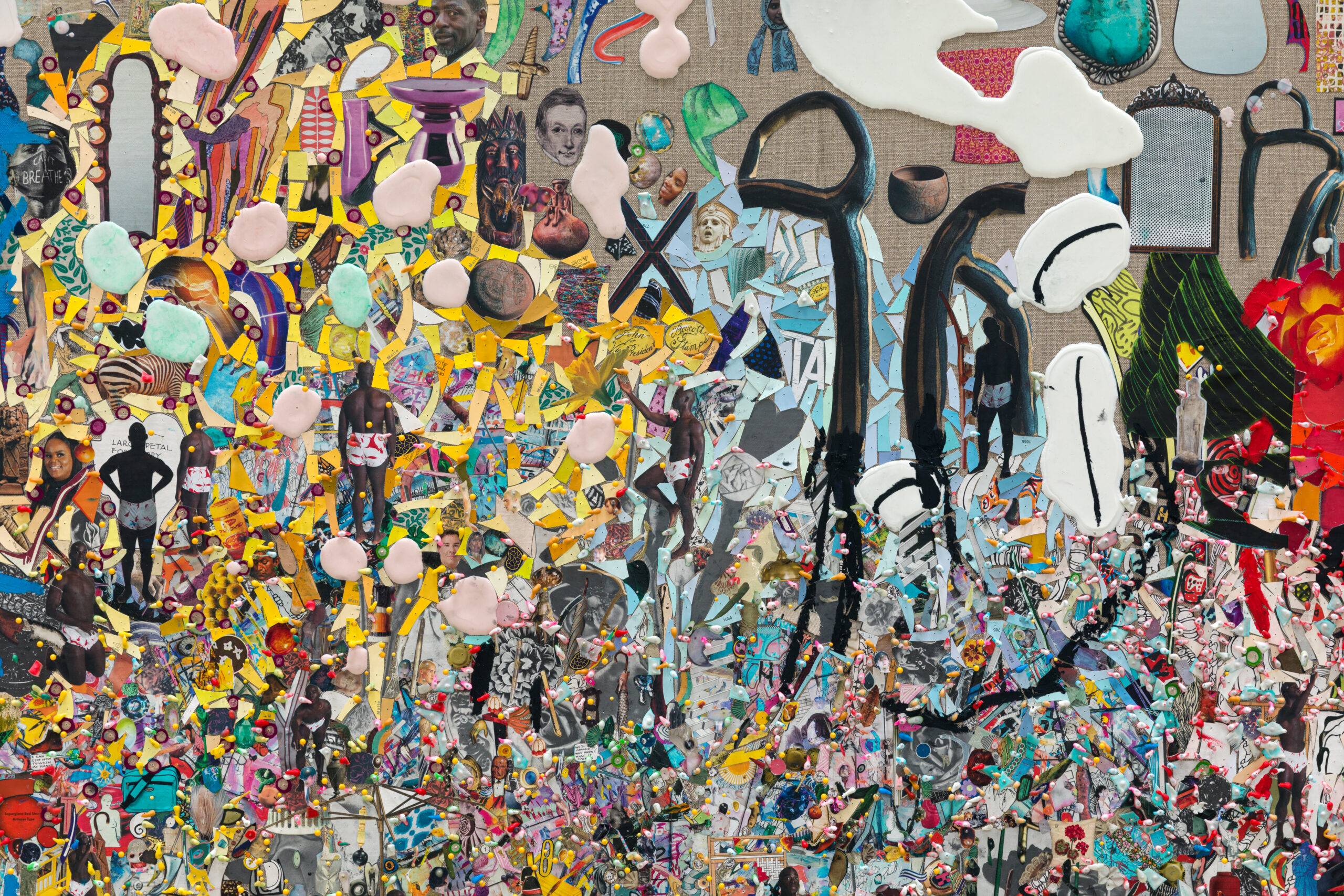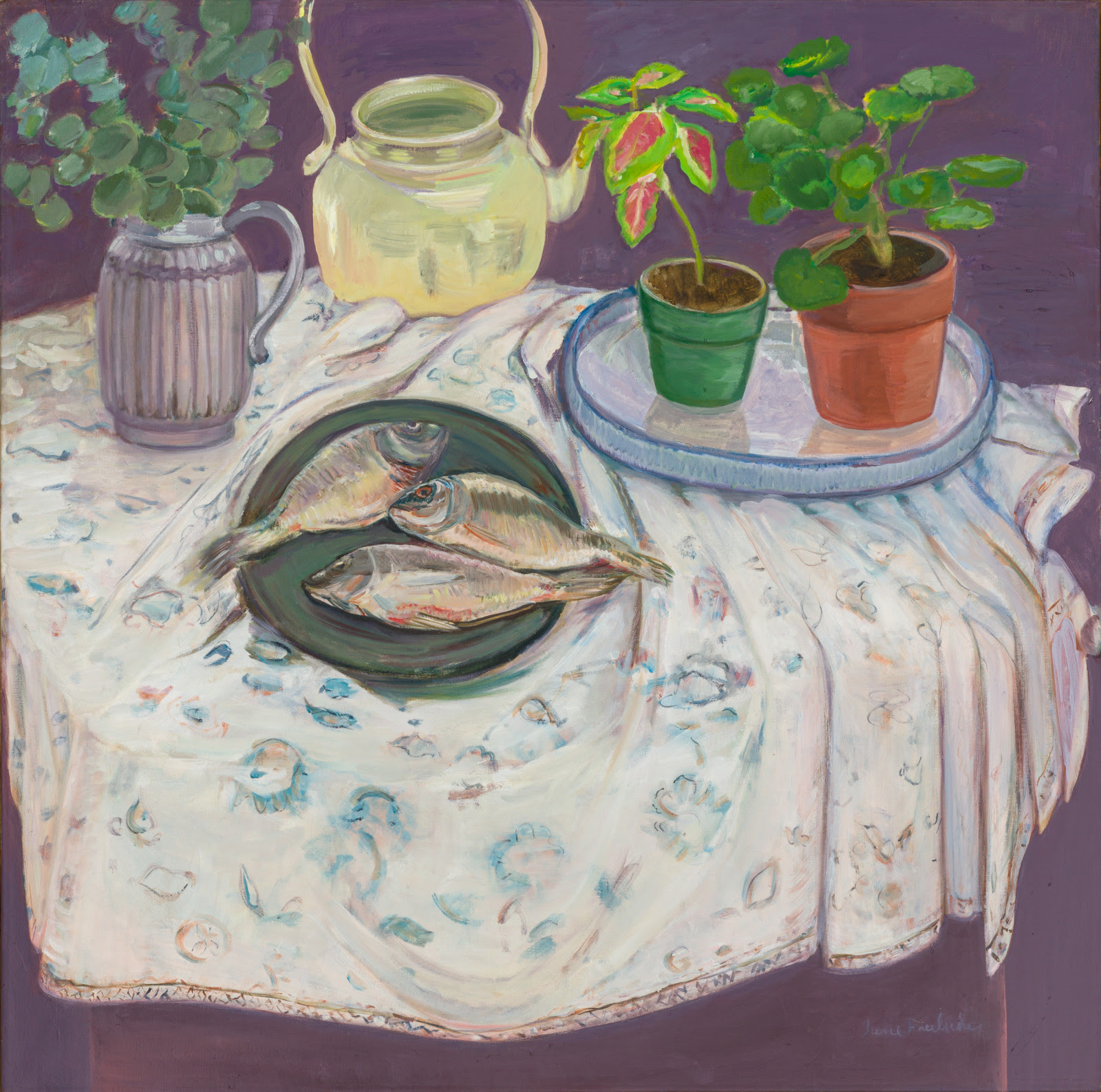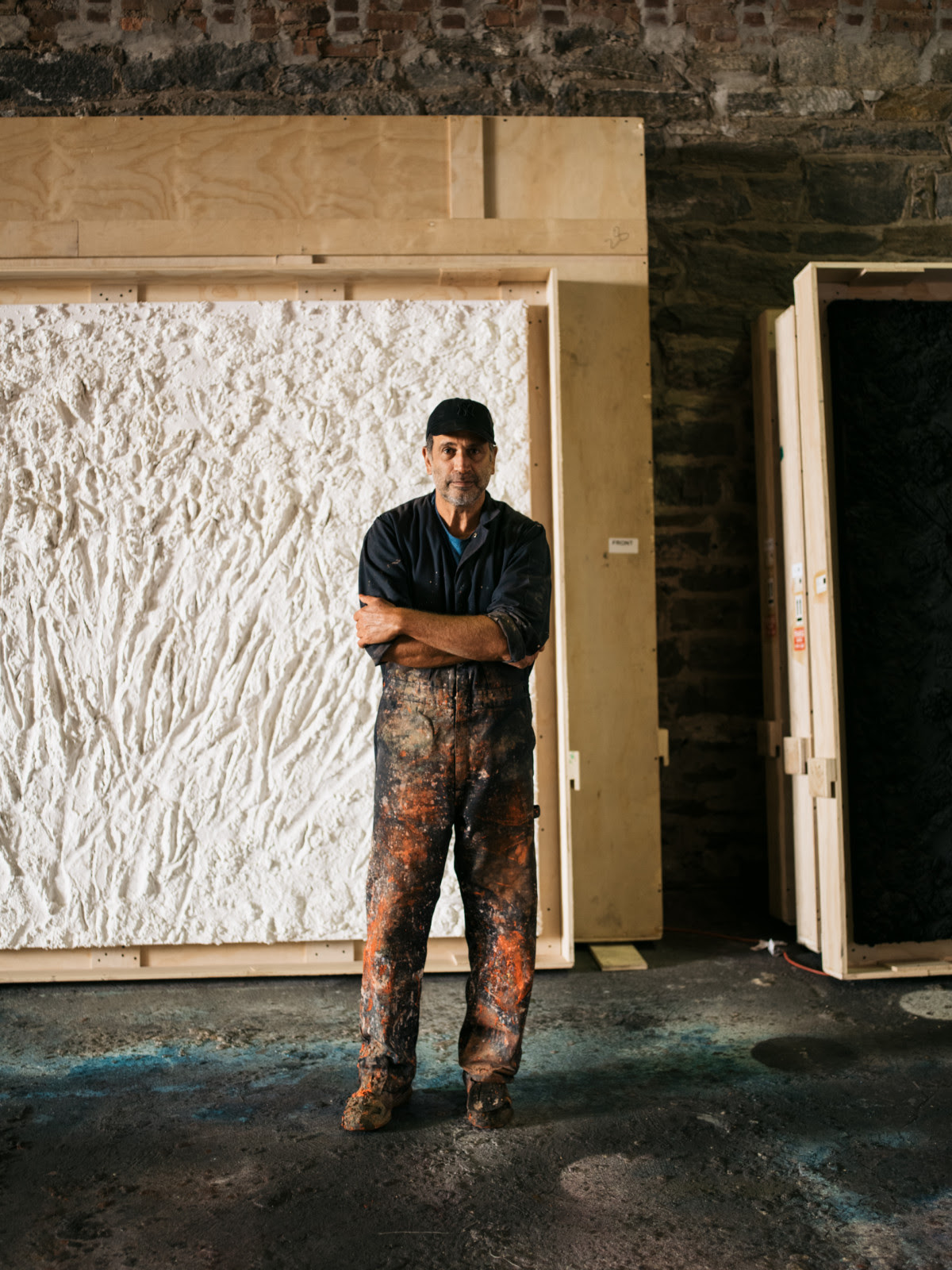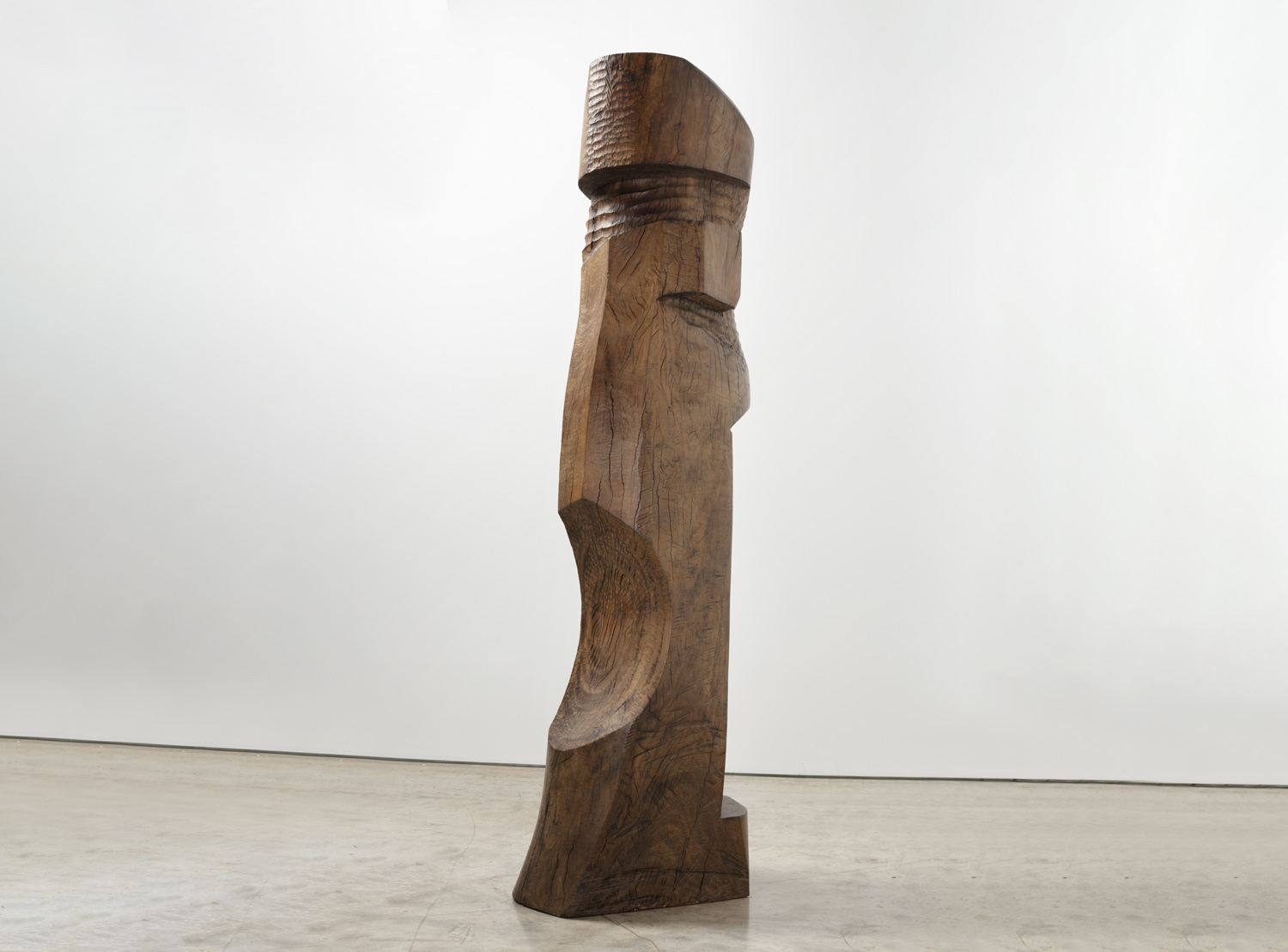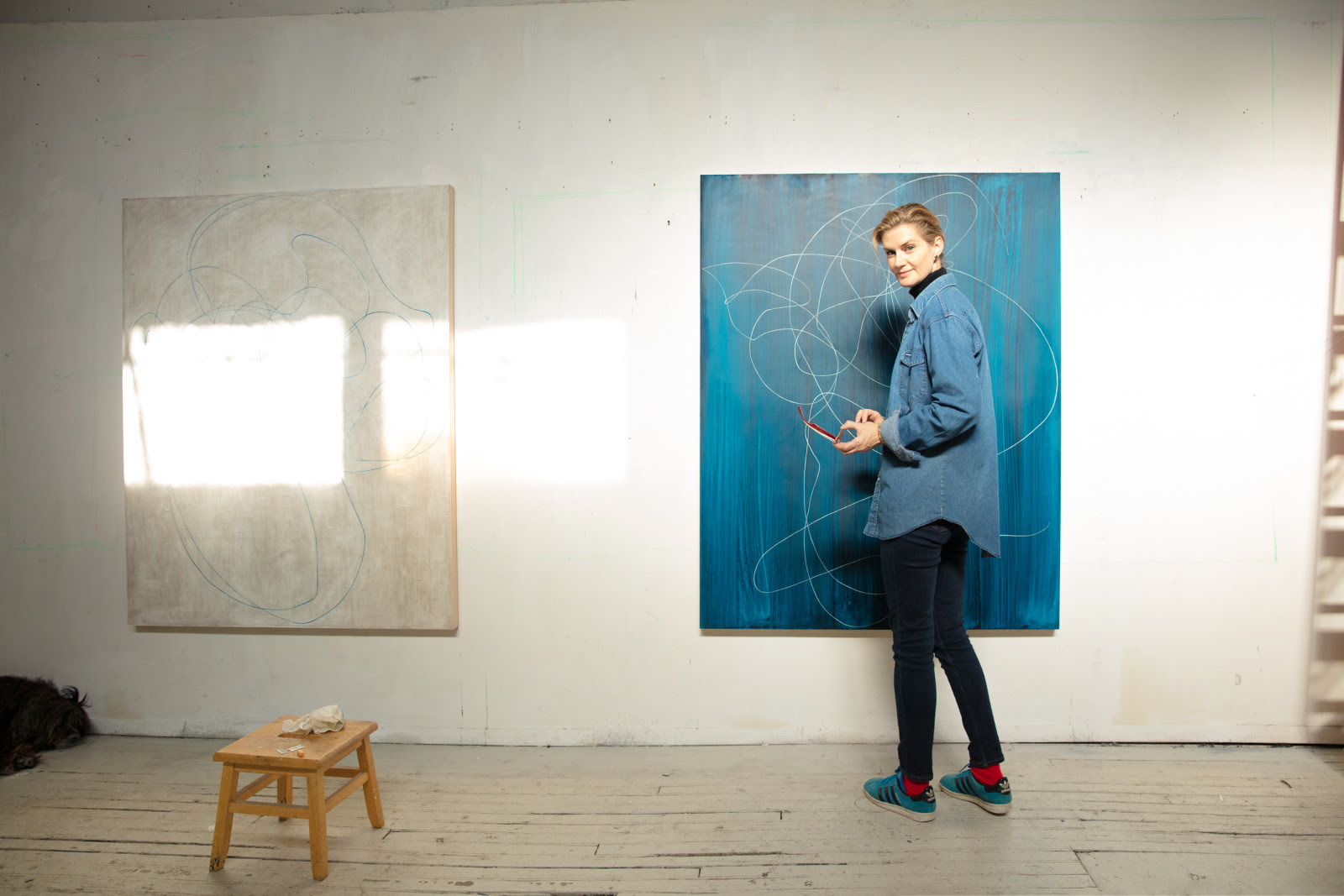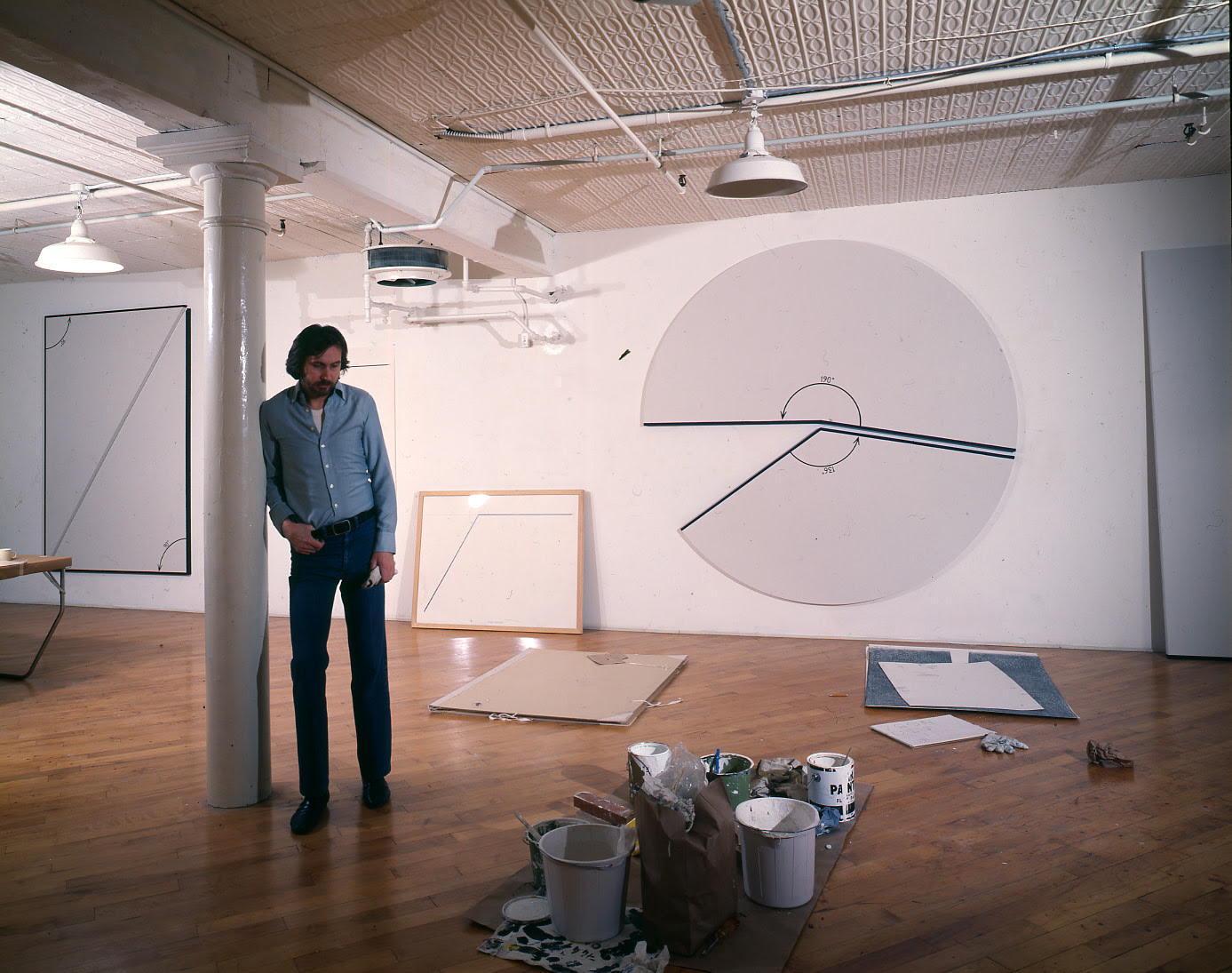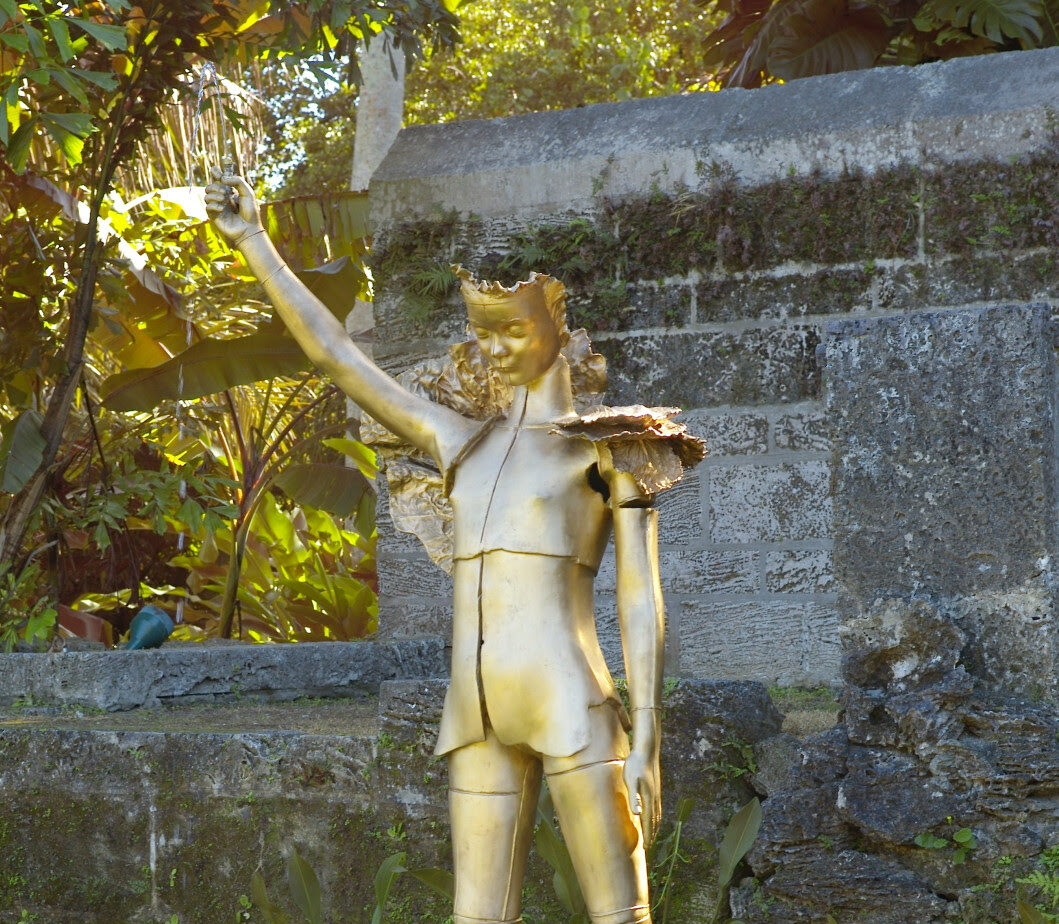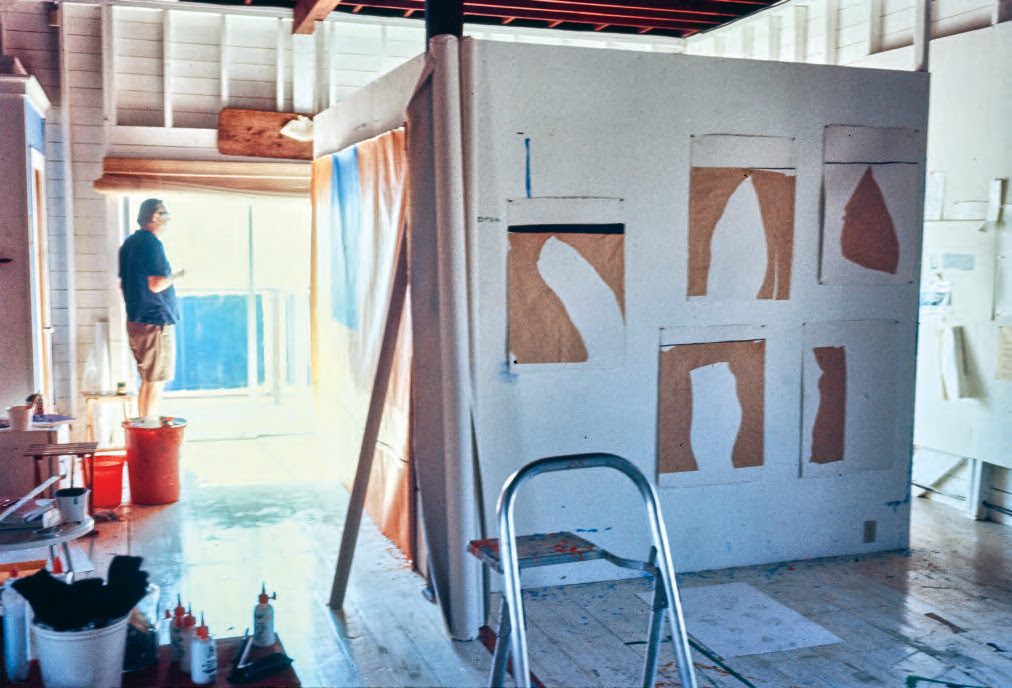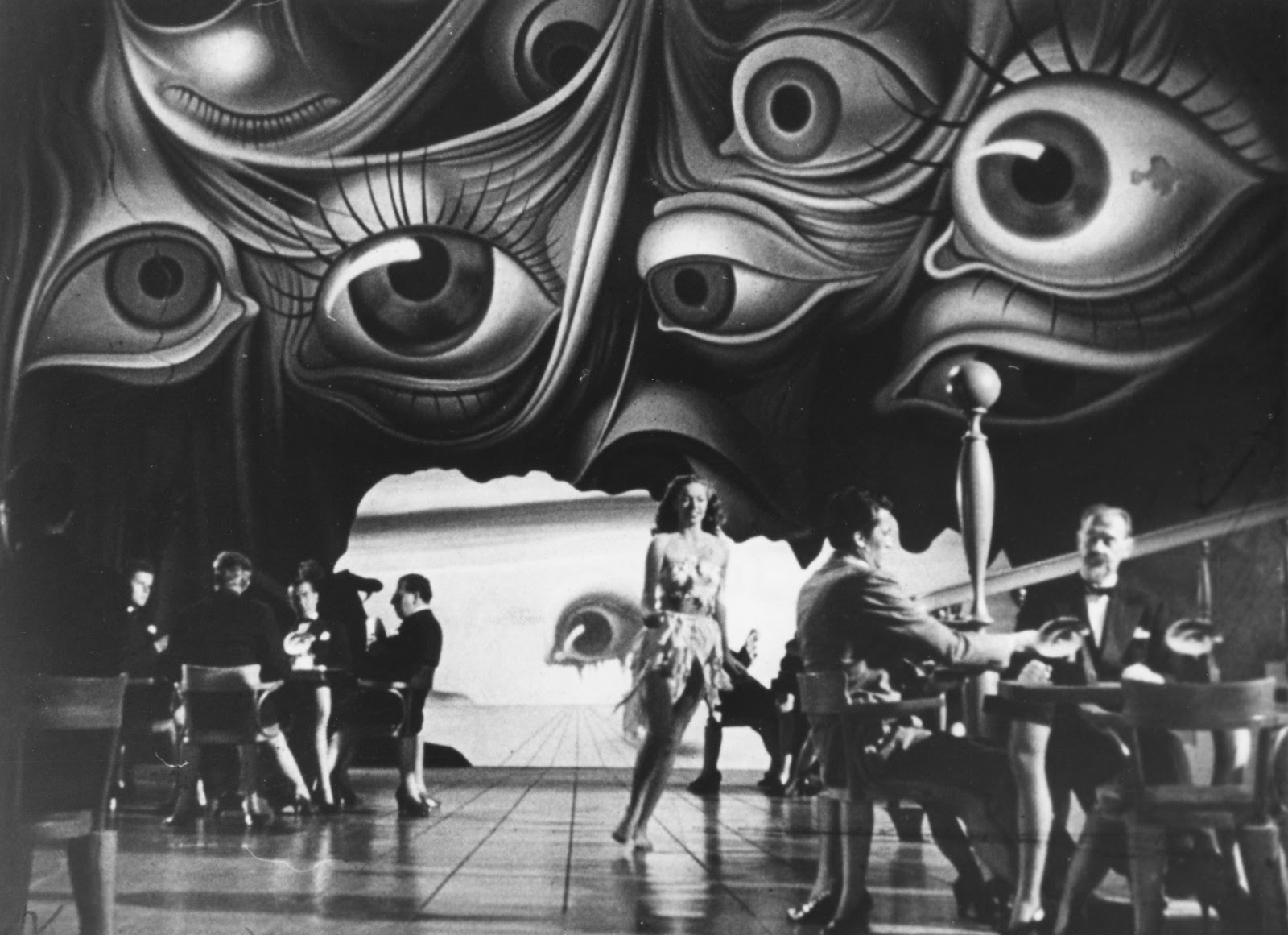On the occasion of Kasmin’s ongoing solo exhibition of work by pioneering American sculptor George Rickey, The Kasmin Review presents an original essay by the artist, originally published in Scientific American in February of 1993. Featuring wall-mounted stainless steel kinetic sculptures alongside significant free-standing works, George Rickey: Wall Reliefs remains on view at 509 West 27th Street, New York through February 17, 2024.
My artistic ideas, like the motions of my sculptures themselves, have unfolded in a casual and unexpected manner. By the time I reached 22 years of age, I had run errands for a fashion scout, taught English in a language school and exhausted my childhood savings to attend the Lhote Academy, a cubist-influenced painting school in Paris. Not until 13 years later, when I served in the U.S. Army Air Corps during World War II, did I discover a mechanical impulse in my fingers and in my head. In the course of working with industrial tools and military hardware, I started toying with the notion of dynamic constructions that were neither static sculptures nor mobiles in the traditional sense. After the war, I set about transforming those ideas into tangible reality. I exhibited the resulting works for the first time in 1953, when I was 46.
Since then, I have continued to explore the aesthetic possibilities of kinetic sculpture. In my recent pieces, I hang one moving element—often a simple geometric form like a rod or a cube—onto another, to produce double-jointed or triple-jointed devices. An almost exactly even distribution of weight allows them to respond to the slightest wafts of air, tracing slow, unpredictable but expressive convolutions.
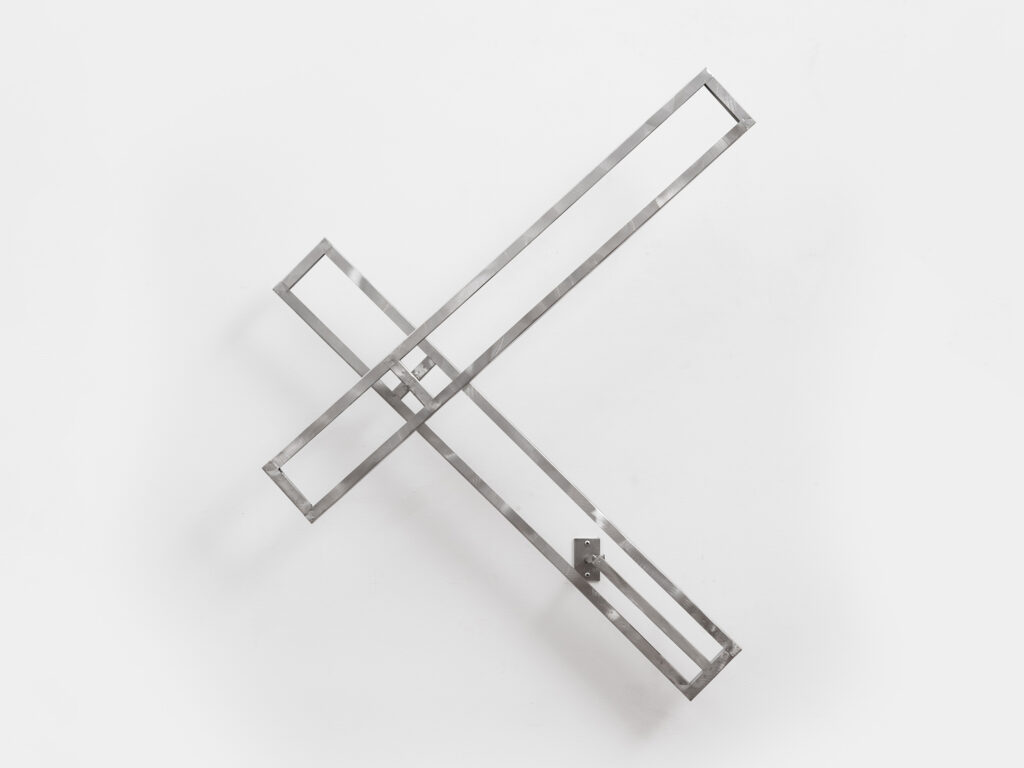
At the most elementary level, my works function as modified pendulums. I must credit my grandfather, a clockmaker in Athol, Mass., for directing my thinking along these lines. When I was five, he let me disassemble a Swiss clock that used wooden gears. I did it, but I am still chagrined that I could not put it together again.
I learned about so-called compound pendulums some 40 years after flunking my grandfather’s test. Unlike the simple pendulum in a clock, a compound pendulum carries weights both above and below the pivot, or fulcrum, on which the main rod swings. For a simple pendulum, the time required to complete one swing depends only on the length of the rod. For a compound pendulum, however, one can control the period of the swing by changing the distribution of weights; the more weight above the fulcrum, the slower the swing. When the product of weight and distance above the fulcrum equals the product of weight and distance below, the period stretches to infinity, and the compound pendulum becomes unstable. In another shape, such a pendulum takes on a familiar guise: the wheel.
I play with arrangements of weight and distance that lie on the brink of instability to achieve slow, lyrical motions; a one-way swing in one of my sculptures may take 20 seconds or longer. Such arrangements possess another noteworthy attribute: when the distribution of weight approaches instability, the forces needed to set the pendulum in motion diminish to almost nothing. A breeze that softly stirs leaves can also move a sculpture weighing 500 kilograms. Control of weight and balance—and also of time—gives me a means of expression comparable to color for a painter or sound for a composer.
A great deal of my effort has been directed toward escaping from the slicing confinement of motion within a plane. Some 20 years ago, while trying to expand the possibilities of expressive movement, I experimented with changing the axis of rotation at the pendulum’s fulcrum to 45 degrees rather than the usual 90. The resulting path traced out a cone instead of the flat arc familiar to anyone who has ever been on a swing. In breaking out of two dimensions, I entered a new world.
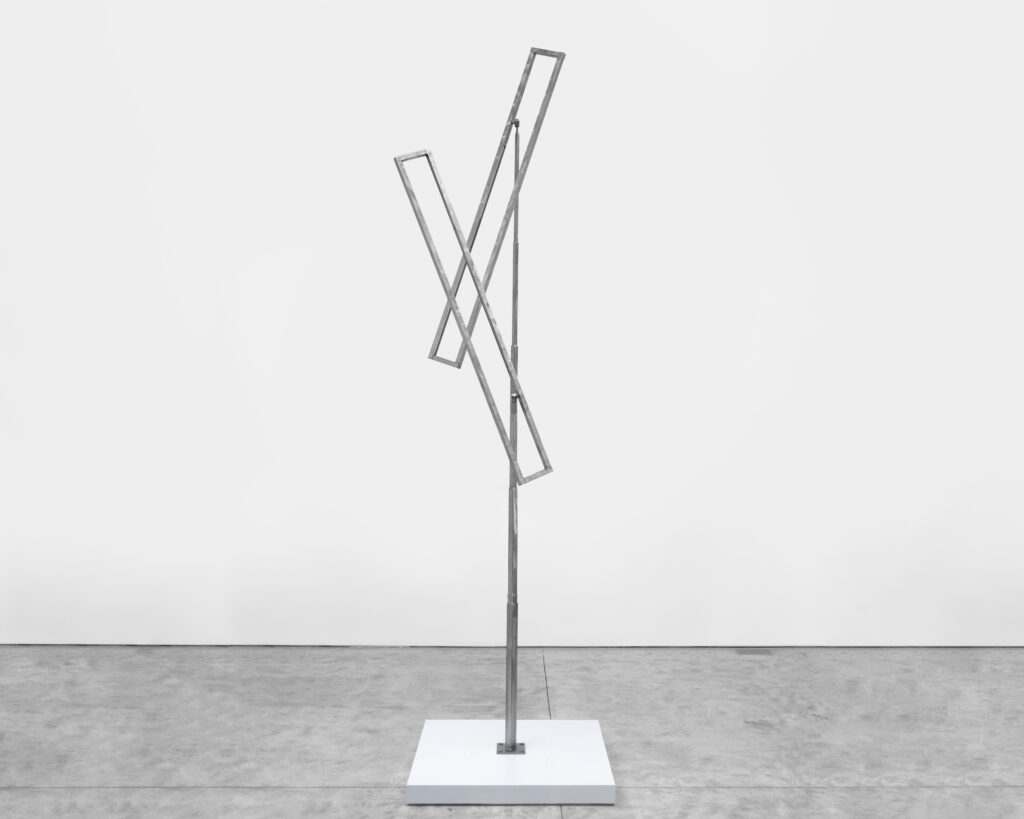
Rotation through a cone often surprises the observer. From infancy, humans experience primarily planar movement. A cup falling from a high chair, a rolling bicycle wheel, a baseball arcing toward the batter, a fishline cast toward the water and a planet orbiting the sun all stay very close to the plane. Conical motions appear in the movements of a ship, which rocks and rolls, pitches and yaws, rises and falls, and moves backward and forward. These movements are well known to sailors, fliers and the seasick. I discovered they could also be quite beautiful.
My investigations of complex, jointed constructions have brought me face to face with a variety of technical problems. I have learned that sensitive and controlled responses require that a sculpture have a carefully adjusted distribution of mass. The accumulated weight of a sequence of linked parts (the rigid beams, bearings and counterweights) must exactly balance the counterweight of the innermost unit. The sculpture cannot be completed unless that innermost unit is large enough to accommodate a sufficiently heavy counterweight. Conversely, the space available for inserting weights inside the heavy inner unit determines the maximum dimensions of the outermost one.
Rigidity of the structural beams is as critical as precise counterbalancing; both are essential to the genesis of works whose leisurely movements force the viewer to wait and wonder. At the same time, I want the lightest units in my kinetic sculptures to appear indistinguishable from the heaviest. I have come to rely on a simple box beam that I construct by spot welding together two U-shaped steel pieces.
My designs demand also that I keep friction in the mobile joints to a minimum; too much drag would cause the sculpture’s suspended wanderings to die out prematurely. Knife-edge bearings, such as those are used in laboratory scales, have the advantage of extremely low friction, but they can wear down rapidly or be damaged by rain and heavy winds. In works designed for outdoors, I use ball bearings, which tolerate exposure to inclement weather. Ball bearings need grease, however, whose viscosity can dampen motions in very light breezes.
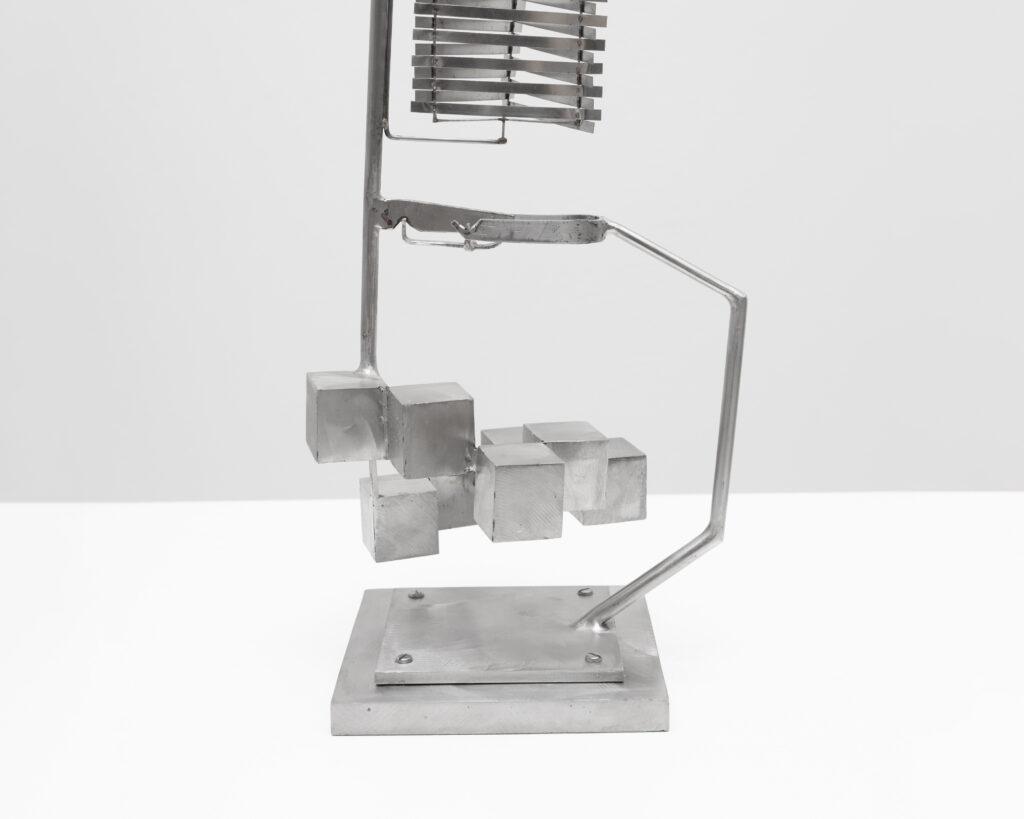
Because of the nature of the balances, I am forced to build a sculpture from the outside in. For a two-part work, I balance the outer, lighter unit and attach it to its inward neighbor, which must carry enough counterweight to balance both components. I then insert the shaft, located at the balance point of this assembly, into a bearing that can carry the sculpture’s total weight to ground, wall or ceiling.
In 1985 I was invited to contribute a public work in Berlin to celebrate that city’s 750th birthday in 1987. My sculpture would be placed in Breitscheidplatz, near the Memorial Church in downtown West Berlin. This opportunity prompted me to think about extending my techniques even further. I had already hinged one linear part onto its neighbor to make an elbow. Could I now hinge a cone on a cone, like a wrist or a shoulder joint? Vertebrate animals do it; perhaps, I thought, so could I.
Pushing onward into this new territory, I mounted one angular component onto another. Each part rotated on a shaft protruding at 45 degrees to the long dimension; the entire assembly was mounted on a zigzag support. The parts would swing in the wind through virtual cones, barely missing bumping into the support and into one another. I adjusted the weights to yield languid movement along paths that seemed to suggest unavoidable collisions. I wanted the viewer to wonder what would happen, and when and where.
I could not draw such a four-dimensional work, so I entered a phase of trial and error, learning on a miniature version before working at full size. I widened the inner units to make room for more lead. I cut holes in reinforcing struts to reduce weight. The physical demands of the sculpture determined the size and overall shape of the larger of the two units. Then, for visual harmony, I modified the shapes where structural considerations allowed. Thus, a dialogue between visual desires and technical restrictions dictated the final form.
The finished sculpture stood in Berlin for two years and then was bought by Daimler-Benz and permanently installed beside their new administration building in Möhringen, near Stuttgart.
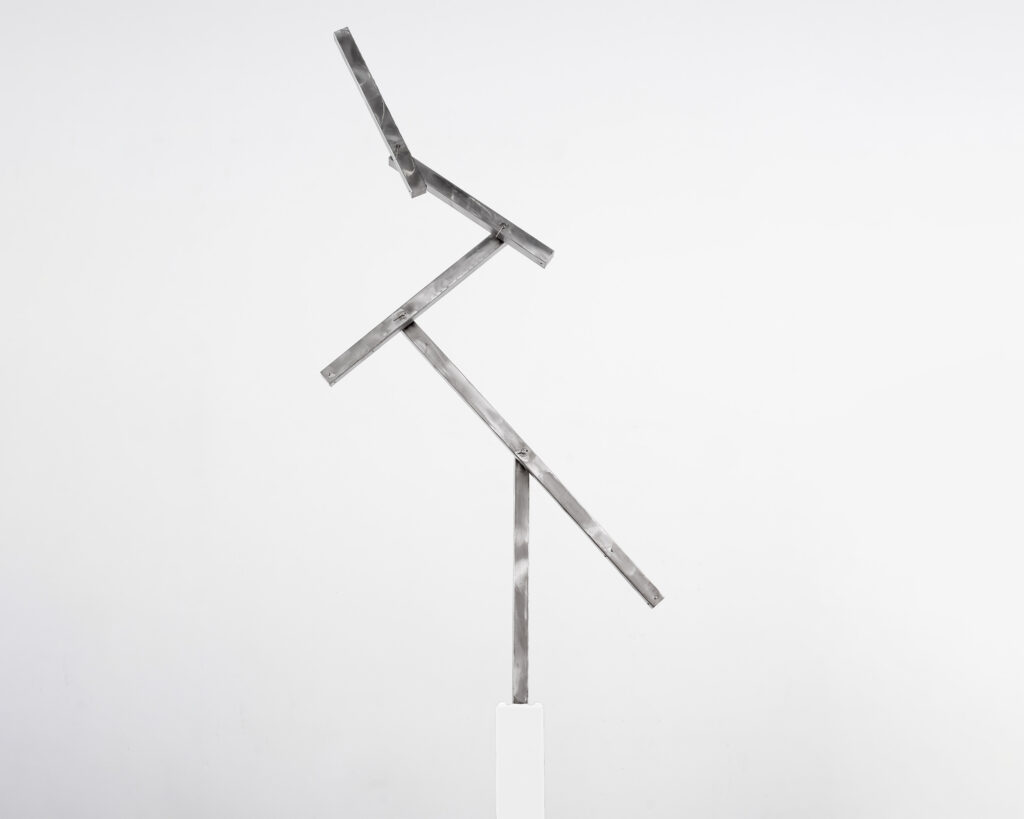
While I was working on the Berlin sculpture, the architect of a new theater in Rotterdam asked if I would be interested in proposing a sculpture for the theater’s facade. He sent me blueprints and some information about the site. The theater was surrounded by apartment houses six stories high. My facade was dominated by three 10-meter by 10-meter squares of H-shaped beam that projected five meters from the facade. I used wood sticks to mock up a set of long, slender units linked by shafts set at 45 degrees to one another in order to provide movement across the 15-meter-high wall of the theater, and out from it, filling the space defined by the H beams. Each link was pivoted on its neighbor to create conical movements on three levels.
In its final version, the sculpture consists of three columns, each containing four linked segments. The lowest one is a short, sturdy, fixed plinth bolted to the H beam of each steel square. On each support stands a column about six meters high and 35 by 18 centimeters in cross section. The central column rises from its support, whereas those on either side hang down, echoing perhaps the traditional grouping of the Three Graces, two looking forward, the third looking back.
Since completing the Rotterdam work, I have continued to explore the possibilities of multicomponent structures linked by bearings at 90 and at 45 degrees. I have also returned to some simpler kinetic explorations. For example, I mounted a group of four squares so that they would describe an outward (rather than upward) conical movement, like the petals on a flower. This flower petal motif led me in two directions: toward columns comprising a stack of rotating squares and toward a cluster arrangement of rotating cubes.
I had already tried mounting one square on another, turning on a shaft angled at 45 degrees. I now placed that assembly on another square, also at 45 degrees, then those three on a fourth square moving about a vertical axis. Each square moves along a conical path outward from the one below. The resulting columnar shape appears to break apart and then recover, disintegrating and reintegrating as the squares rotate. One such work was in the Katonah exhibition; a larger version stands beside the new City Hall in Tokyo.
After my experiments with these rotating squares, I began to ponder what would happen if I were to expand the squares into cubes. I found that, on a diagonal corner-to-corner axis, there would be space for them to rotate without collision. But was a cube aerodynamic enough to be set in motion by a light breeze? I made a test model and watched as it slowly answered “yes.” So I was able to show four clustered, rotating cubes at Katonah. An enlarged and perfected version of this cube cluster was installed last fall beside the East Wing of the National Gallery in Washington, D.C. I am now engaged in yet another large scale project, a hanging sculpture for an eight-story atrium in Berlin, which I will install this coming summer. I know that my artistic explorations will be finite, however. As age slows the hand, the memory and the appetite, I begin to feel an impulse to withdraw and review but also to peek around the next corner to see what still lies ahead. I recall Shakespeare’s words for Richard II in prison: “I’ll hammer it out./My brain I’ll prove the female to my soul,/My soul the father; and these two beget/A generation of still-breeding thoughts,/And these same thoughts people this little world.” With a little help from the Muse.
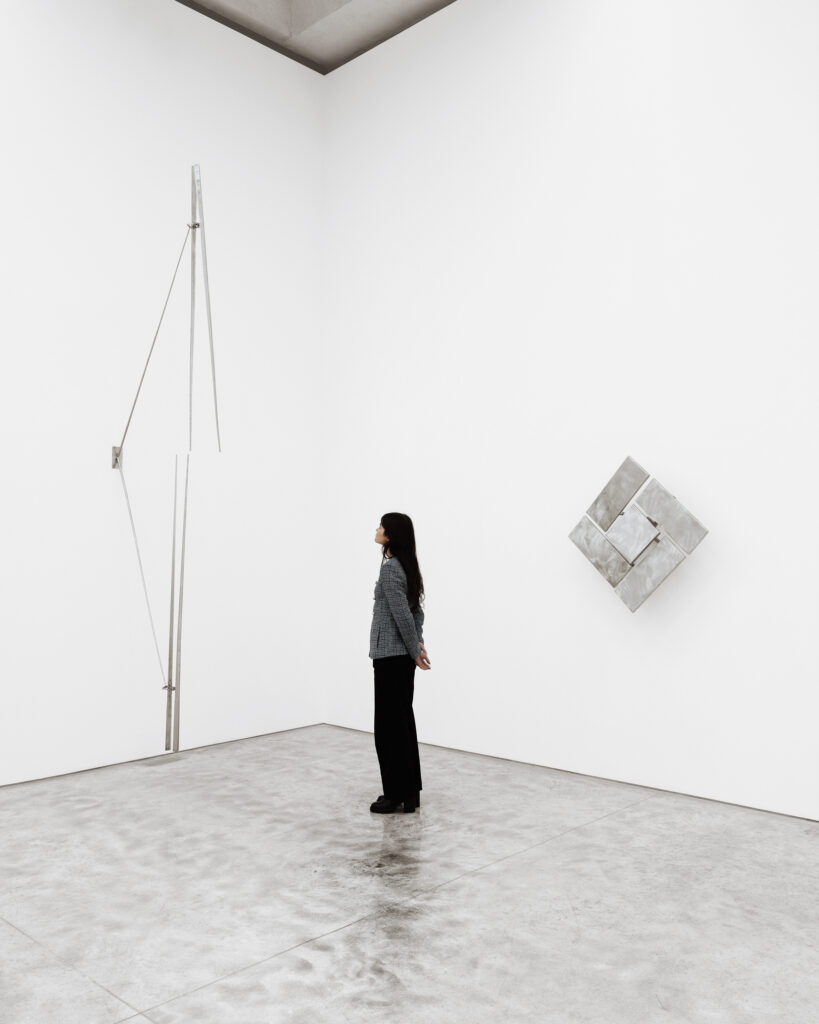
George Rickey (b. South Bend, IN, 1907) spent over five decades committed to the creation of poetic and precisely-calibrated sculptures that he referred to as his “useless machines.” Designed to be situated in the public sphere, the works are activated by their interplay with the surrounding environment, reshaping the landscape and bringing heightened attention to aspects of light, movement, and composition. Of all the natural forces, it was the wind’s movement that most captured Rickey’s imagination. He once wrote, “The artist finds waiting for him, as subject, not the trees, not the flowers, not the landscape, but the waving of branches and the trembling of stems, the piling up or scudding of clouds, the rising and setting and waxing and waning of heavenly bodies.”
His work is included in the permanent collections of over 150 museums worldwide, including the Hirshhorn Museum and Sculpture Garden, Smithsonian Institution, Washington, D.C.; Los Angeles County Museum of Art, California; Museum of Modern Art, New York; Metropolitan Museum of Art, New York; National Gallery of Art, Washington, D.C.; Walker Art Center, Minneapolis; National Gallery of Scotland, Edinburgh; Museum Boijmans Van Beuningen, Rotterdam and Kunstmuseum Bern, Switzerland, among many others. Key exhibitions include George Rickey: Monumental Sculptures on Park Avenue, New York (2021); A Life in Art: Works by George Rickey, Indianapolis Art Center, Indiana (2009); George Rickey: Kinetic Sculpture, A Retrospective, Vero Beach Museum of Art, Florida; Frederik Meijer Gardens and Sculpture Park, Grand Rapids and McNay Art Museum, San Antonio (2007-09); George Rickey: Kinetische Skulpturen, Museum für Kunst und Gewerbe, Hamburg, Germany (2003) and George Rickey – Retrospective Exhibition, Solomon R. Guggenheim Museum, New York (1979).
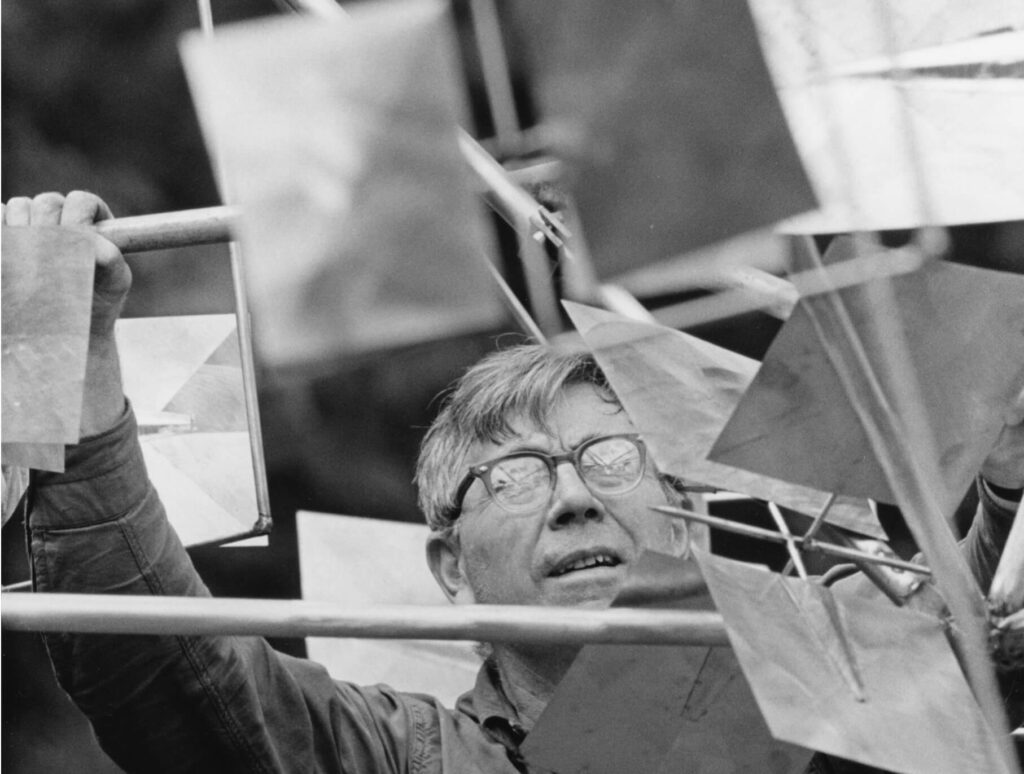
This article first appeared in Scientific American 268, no. 2, February 1993, pp. 74-79.

